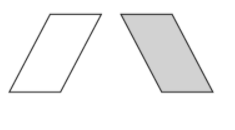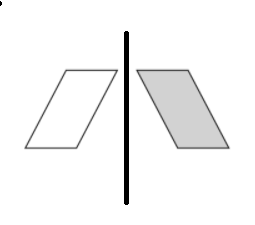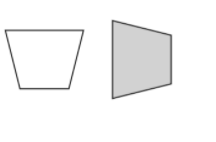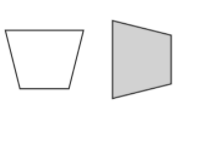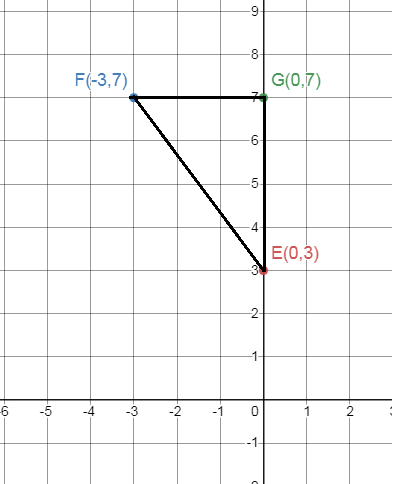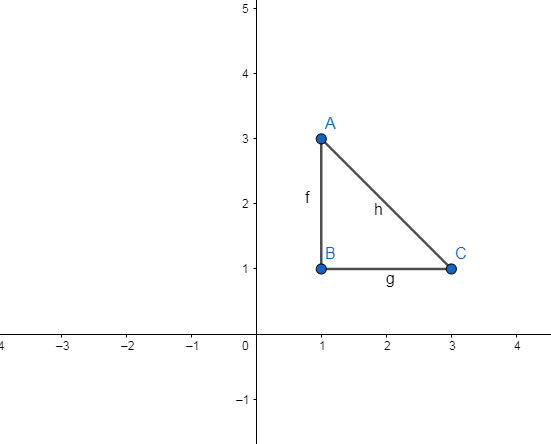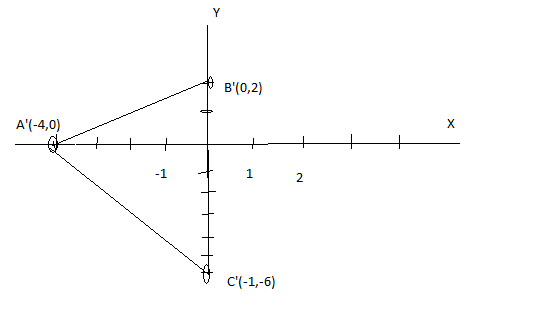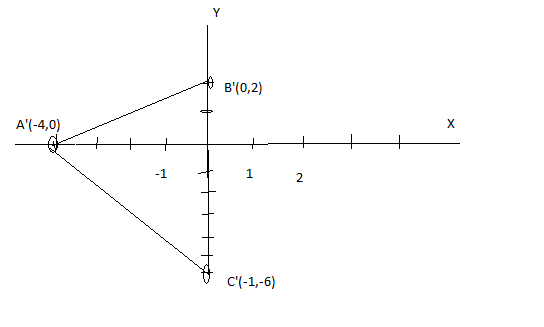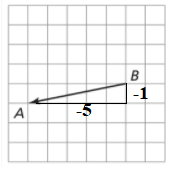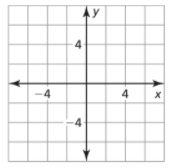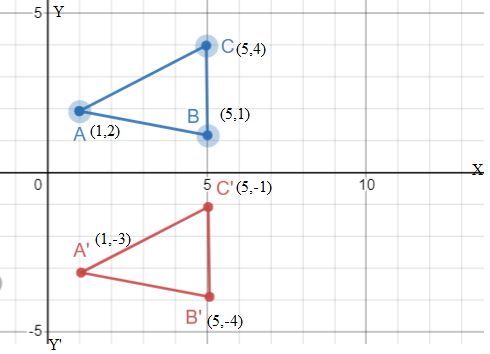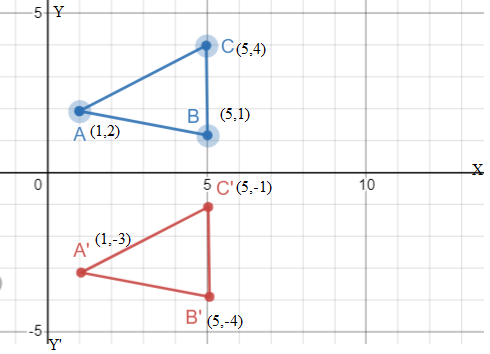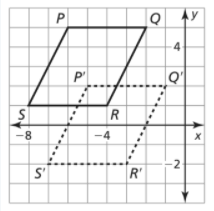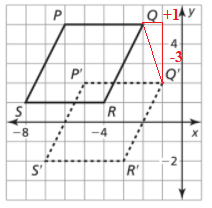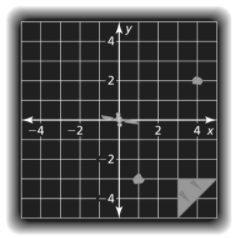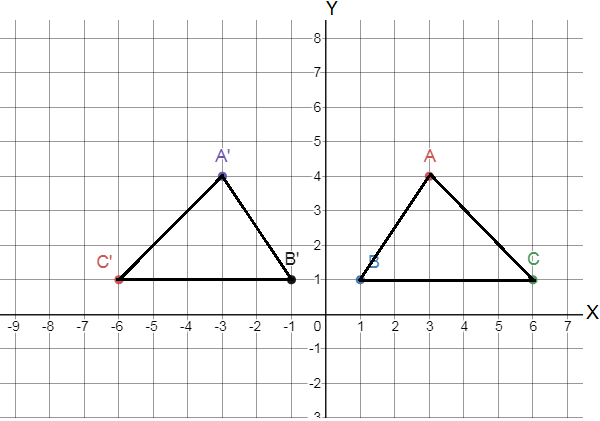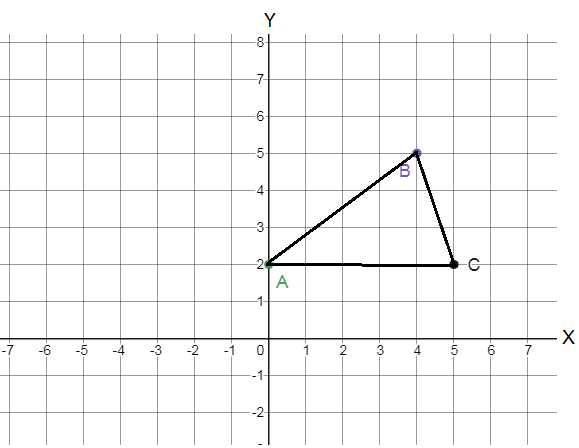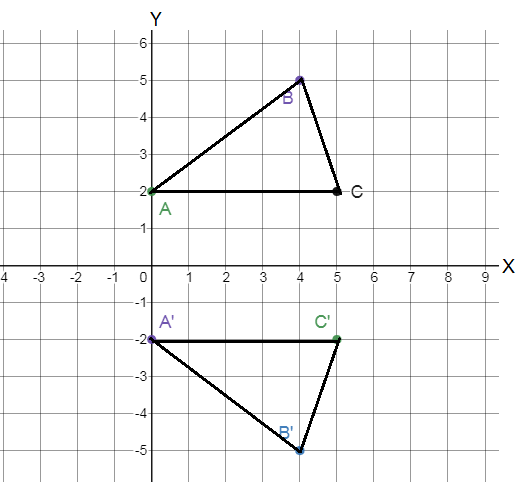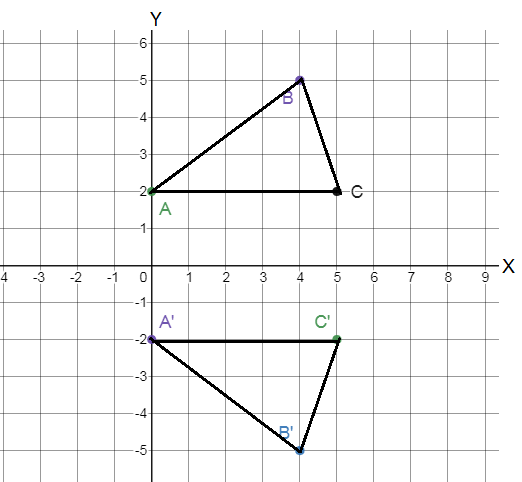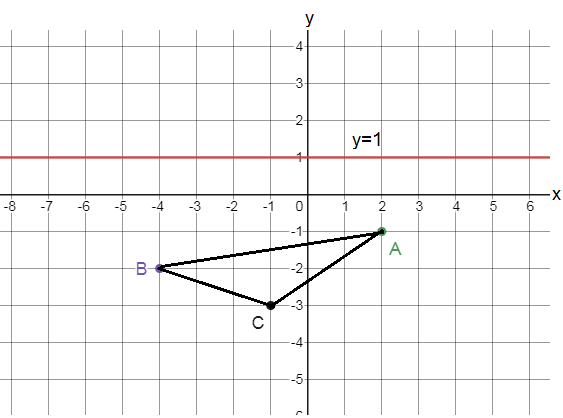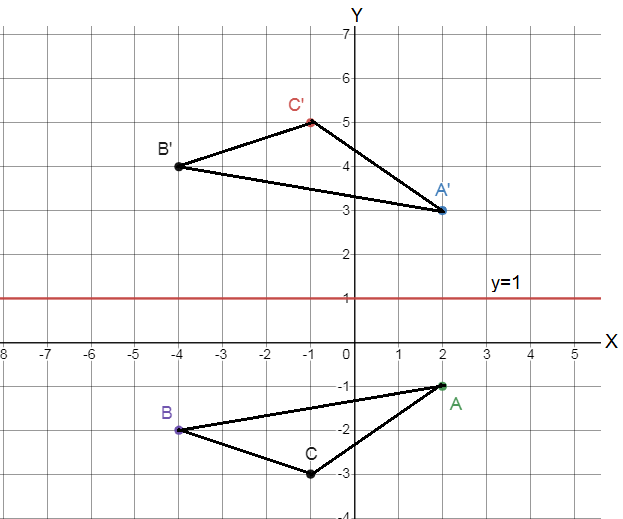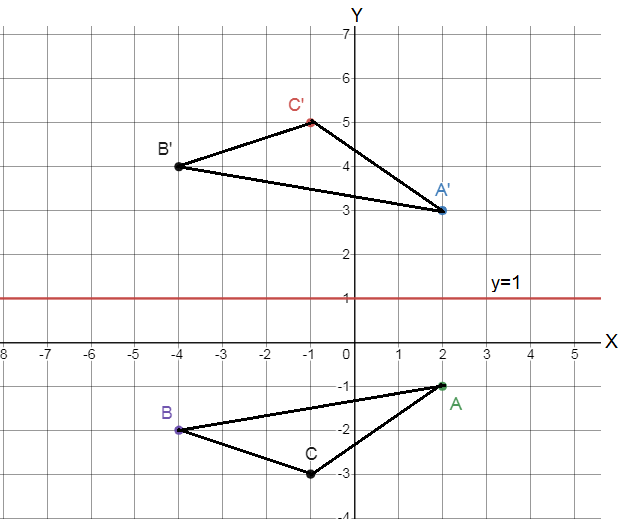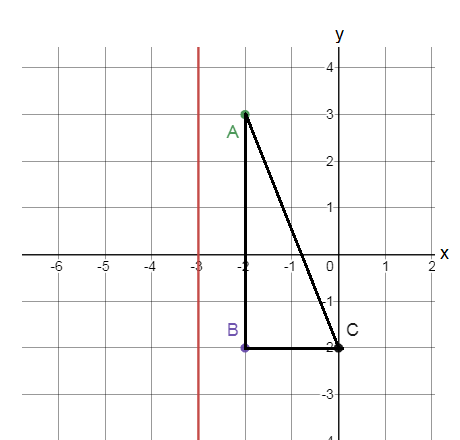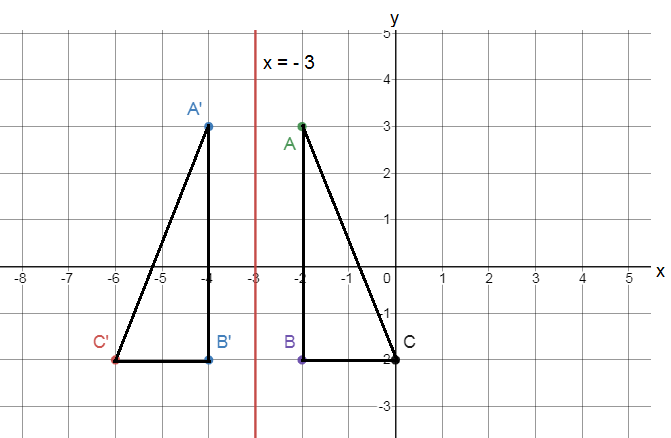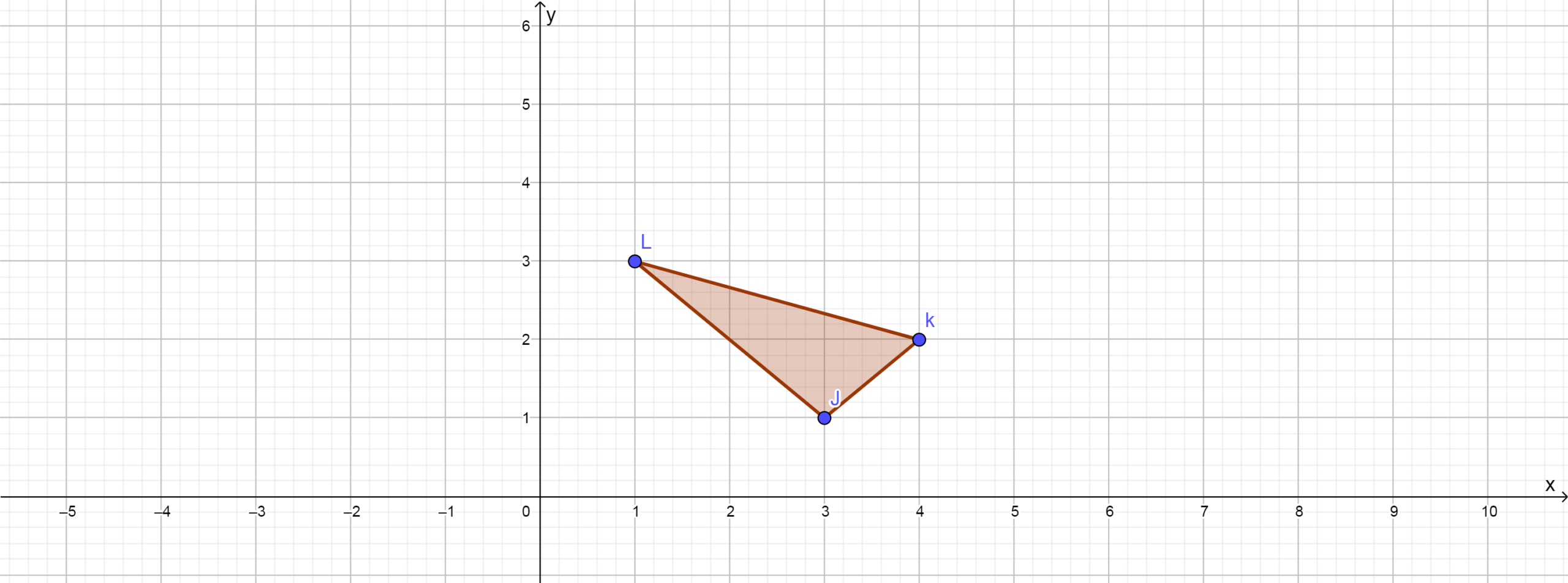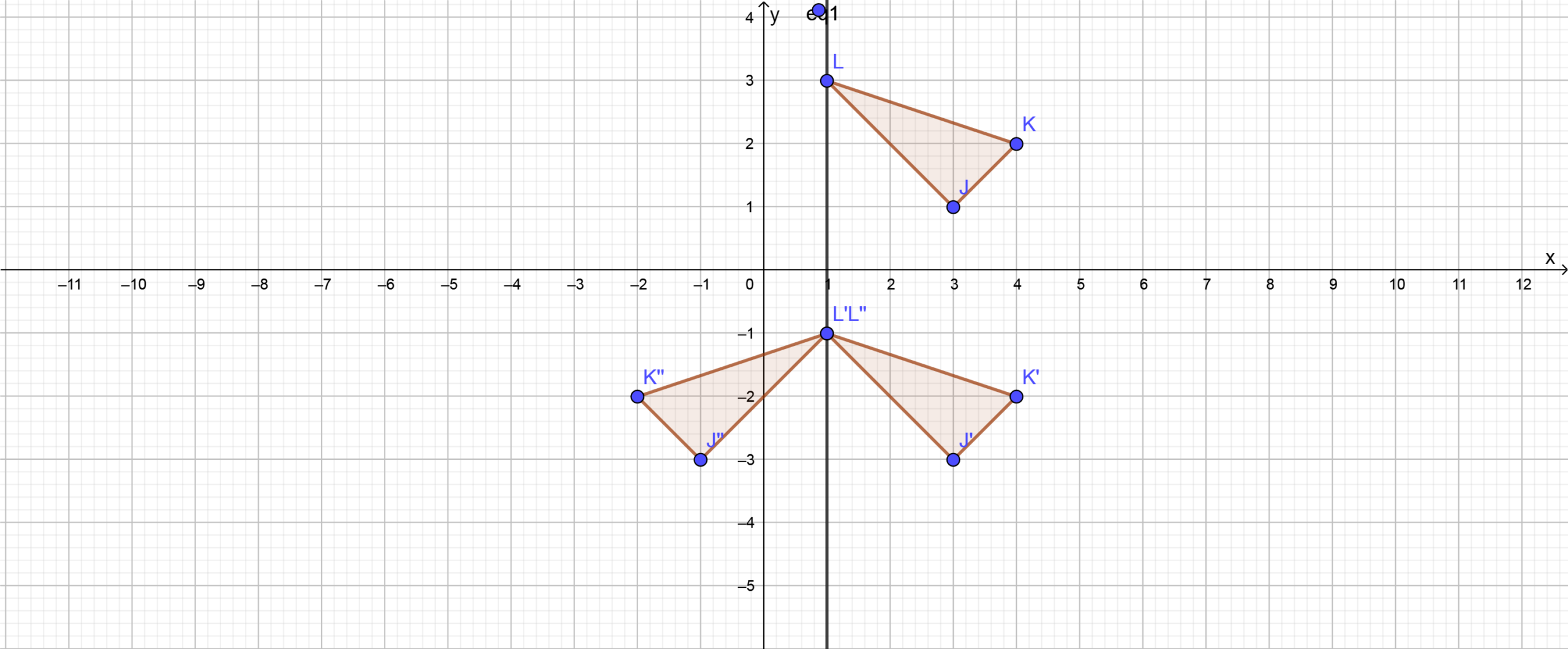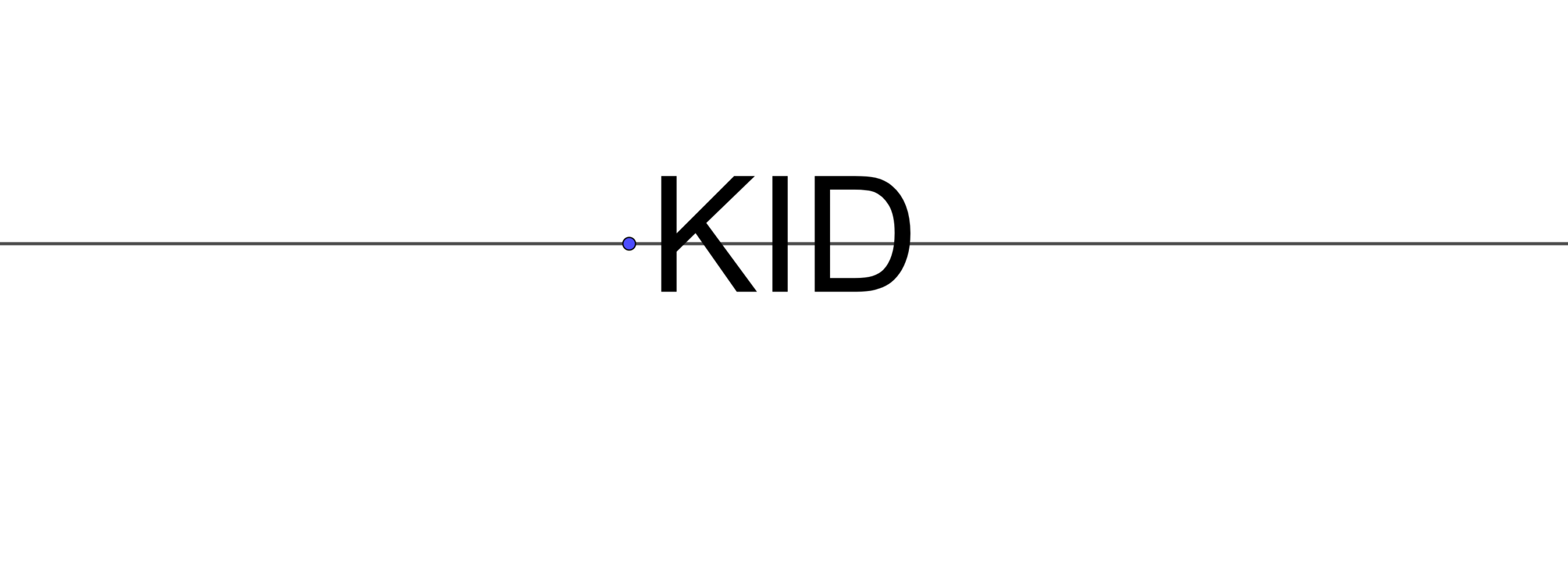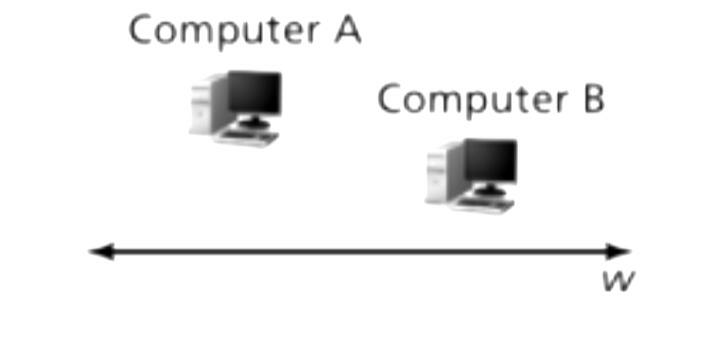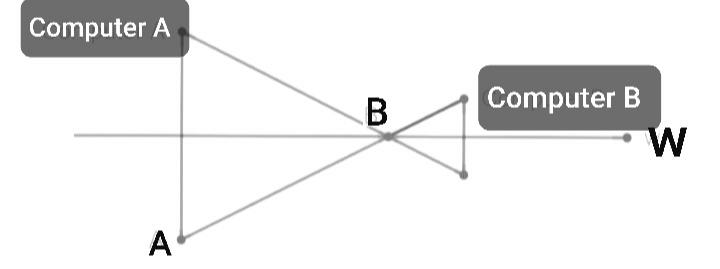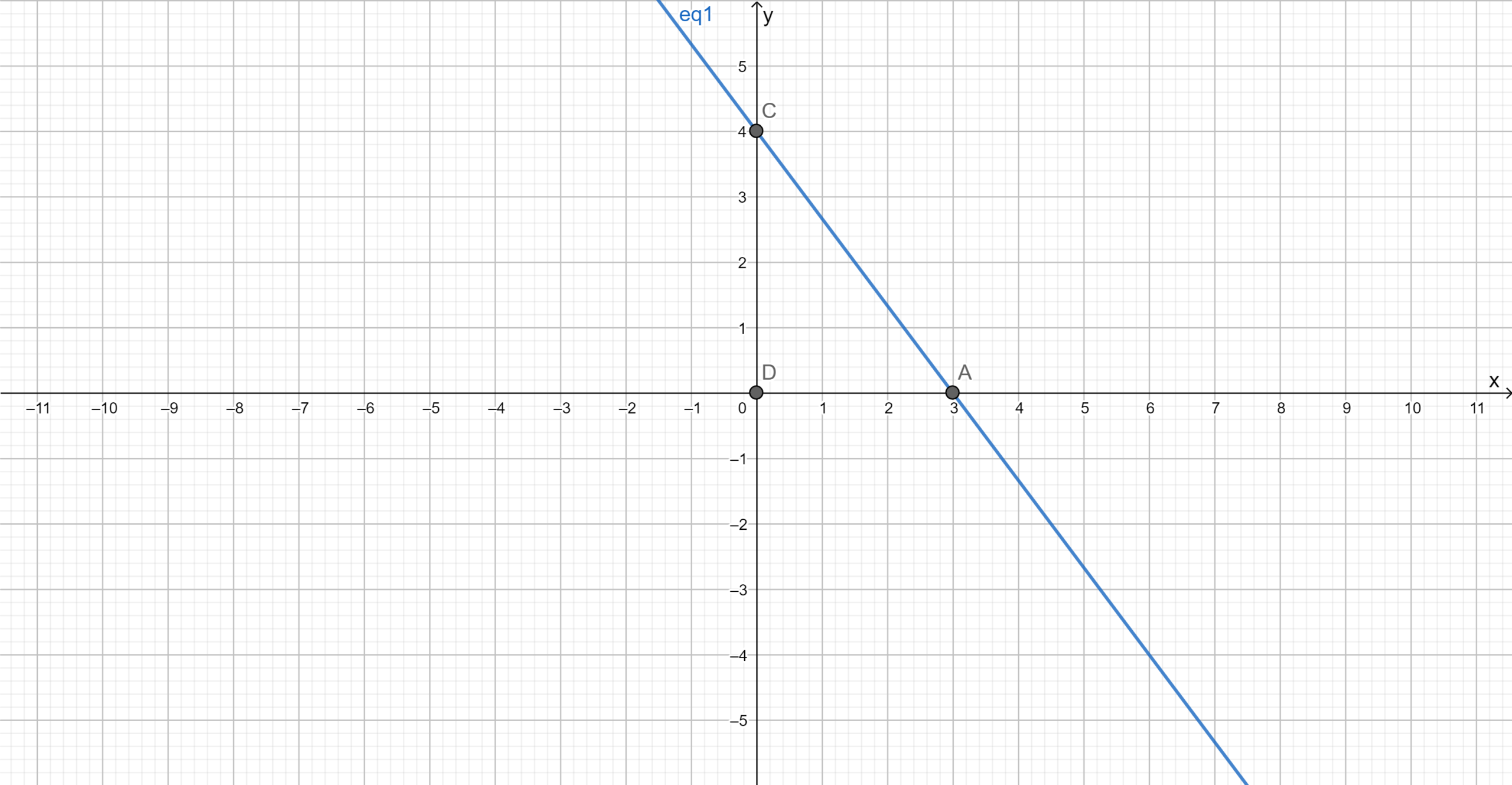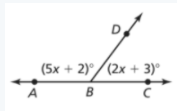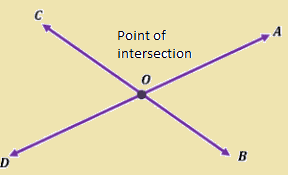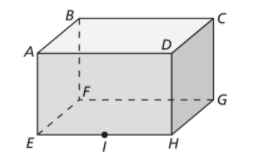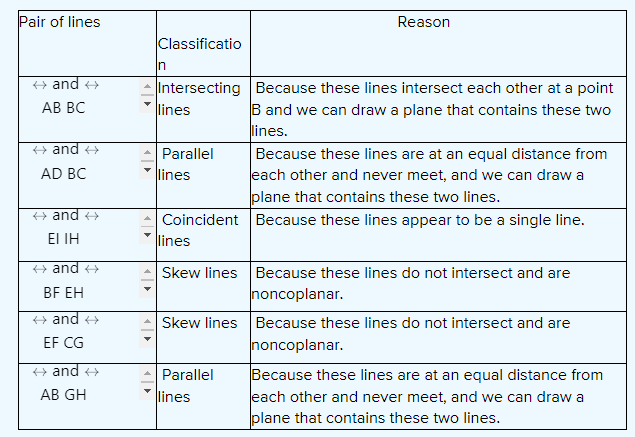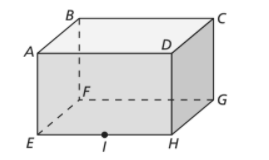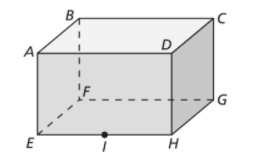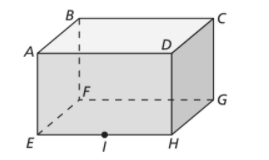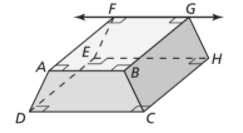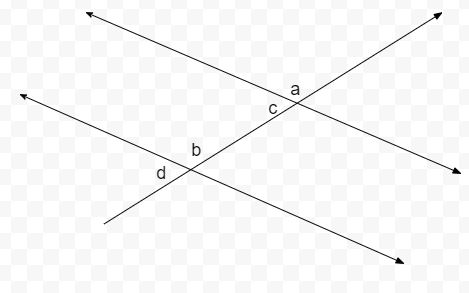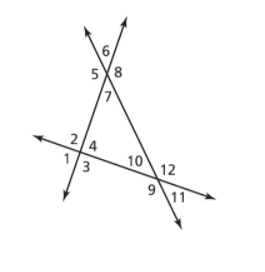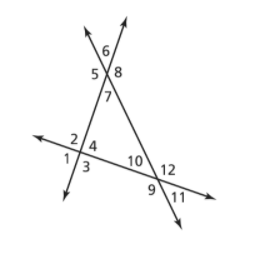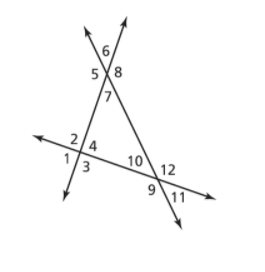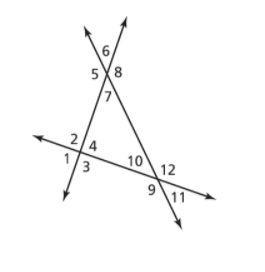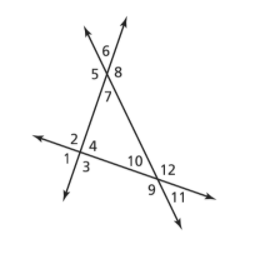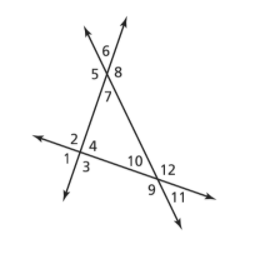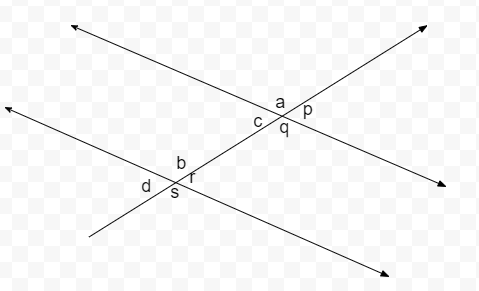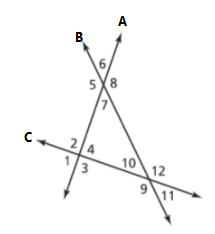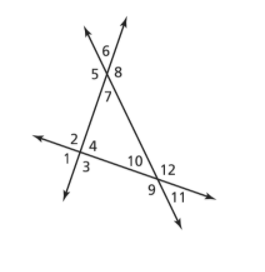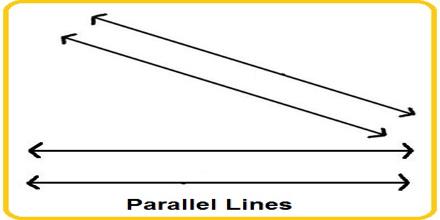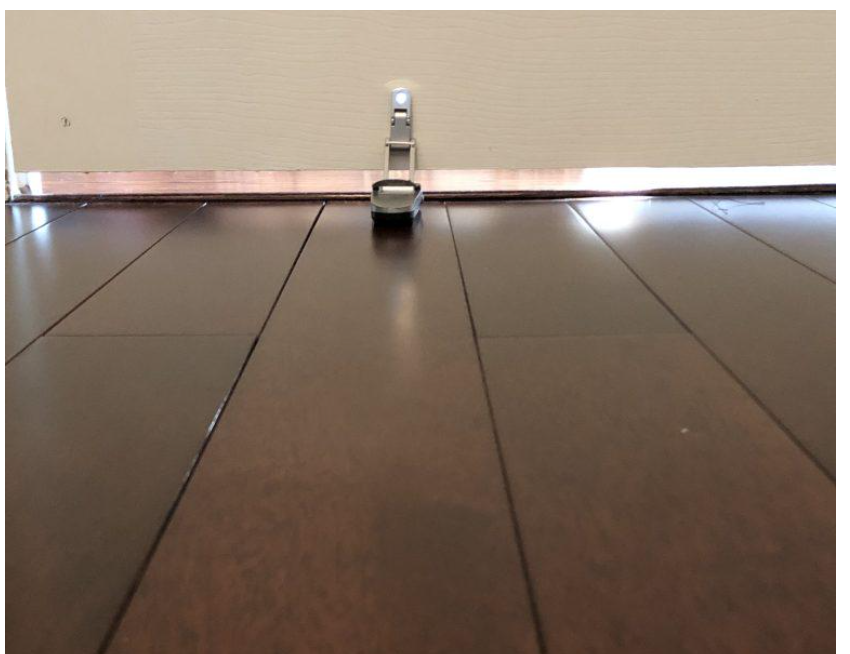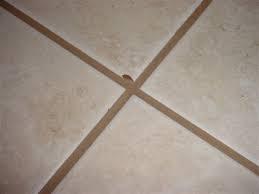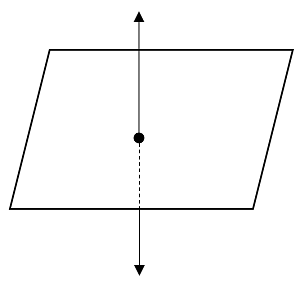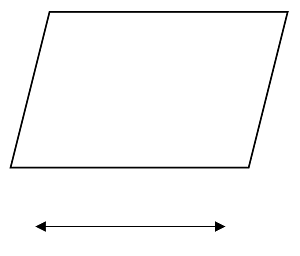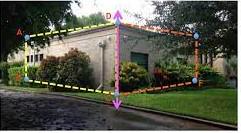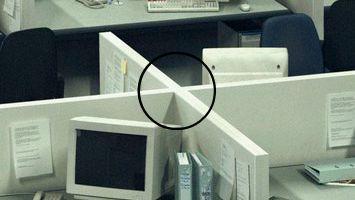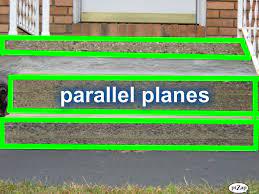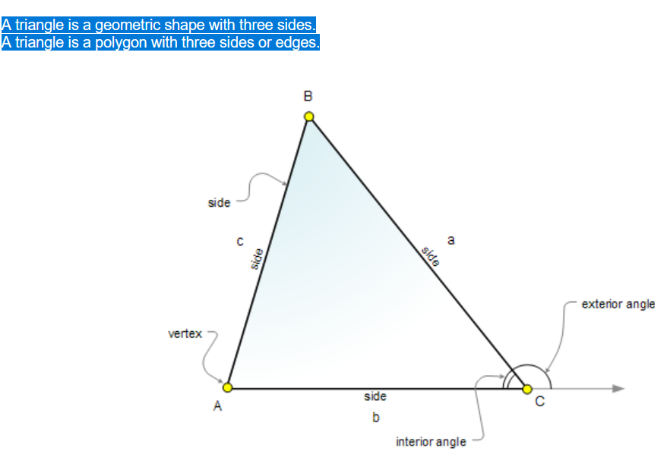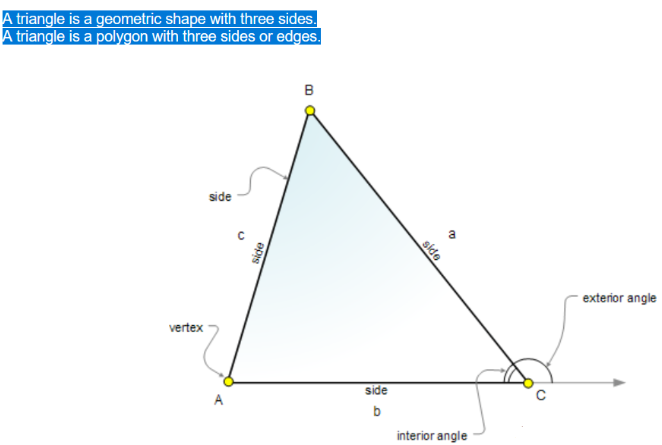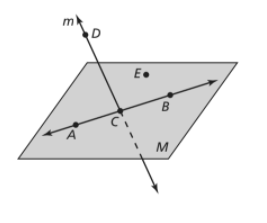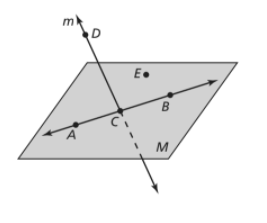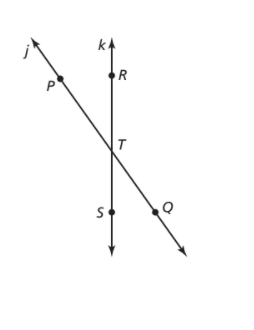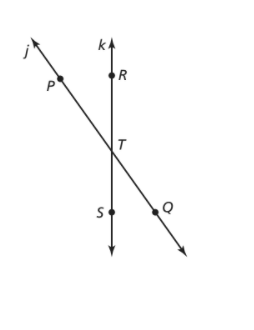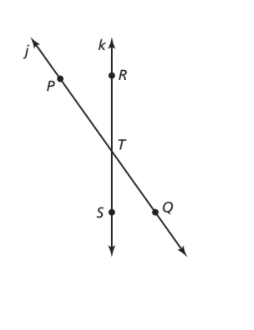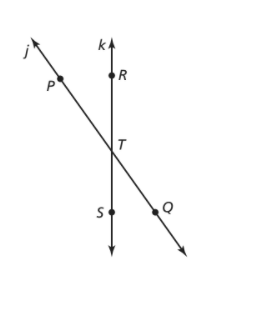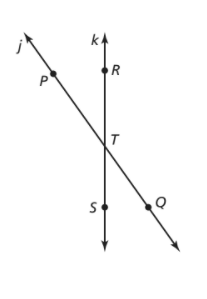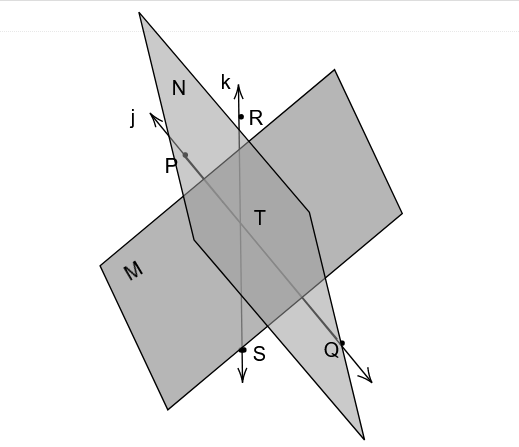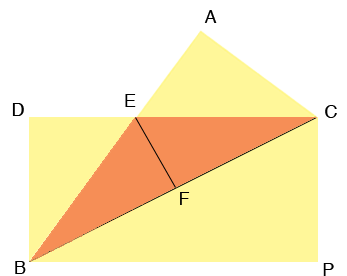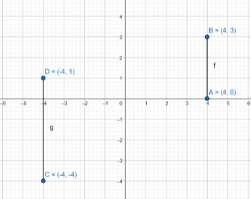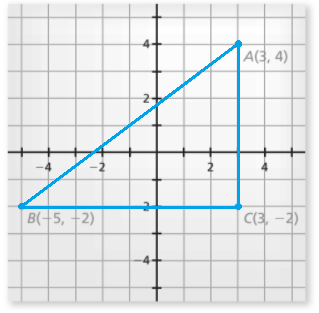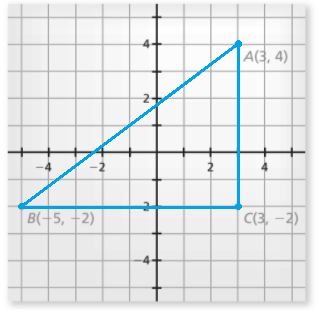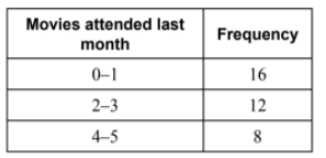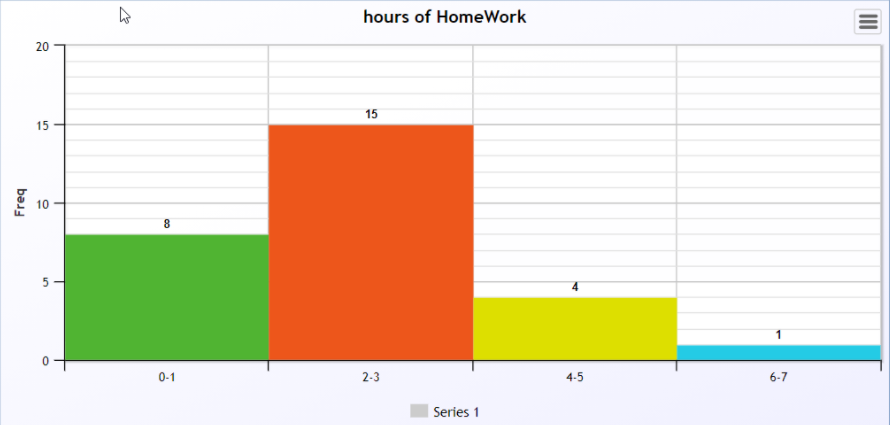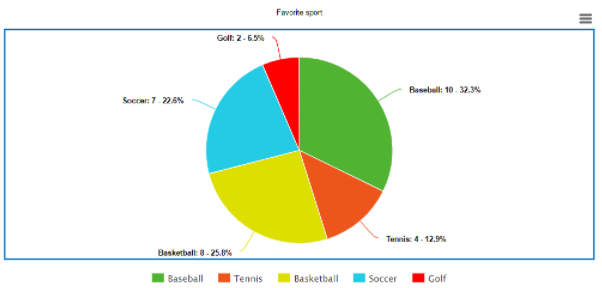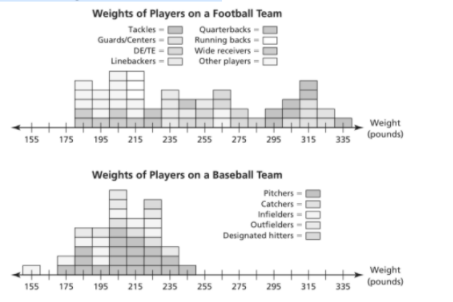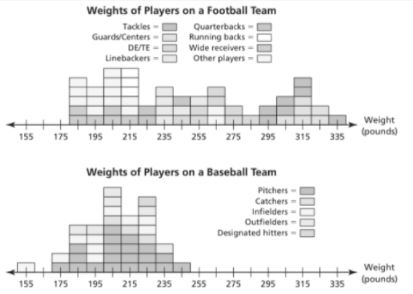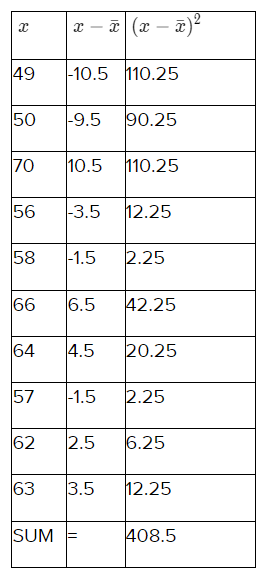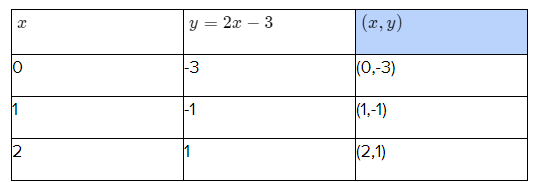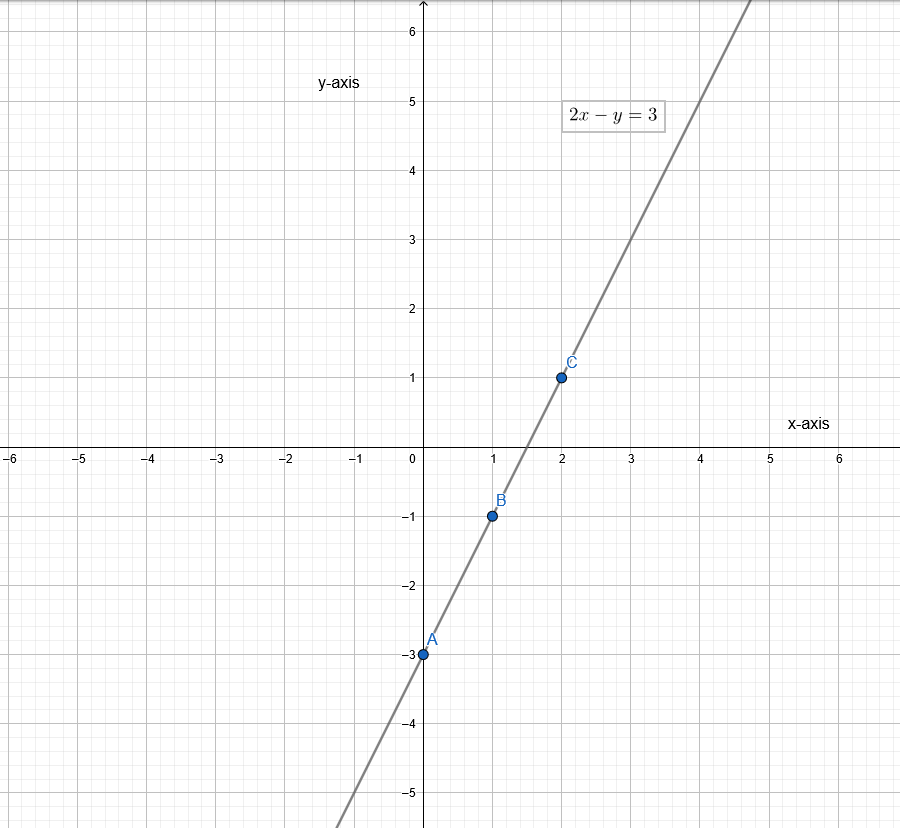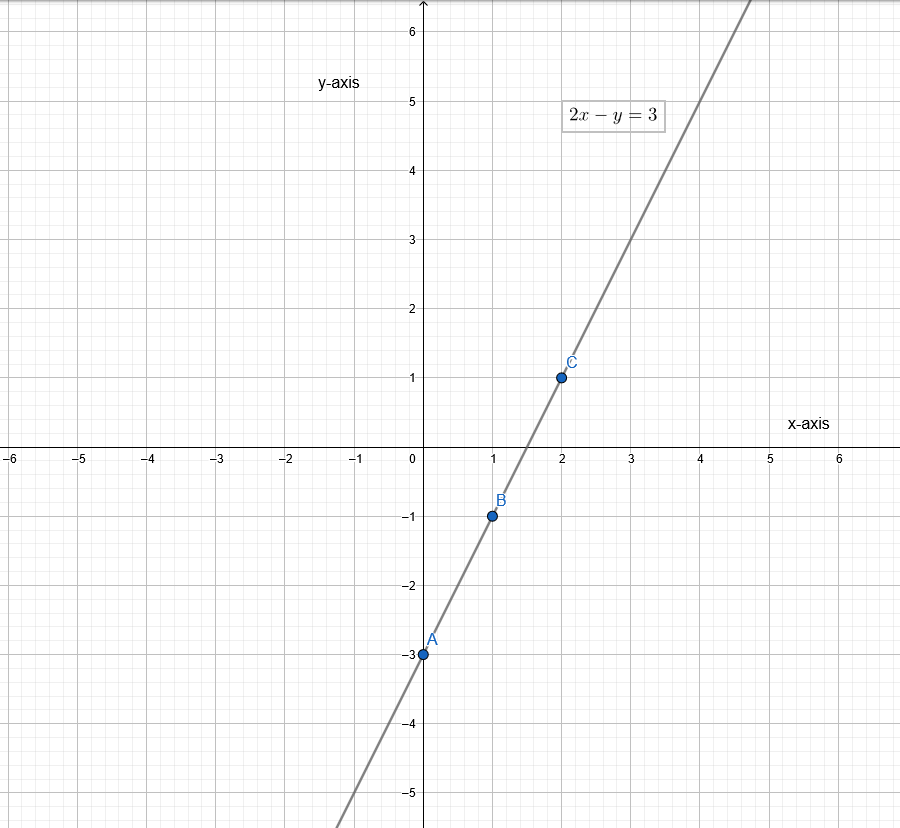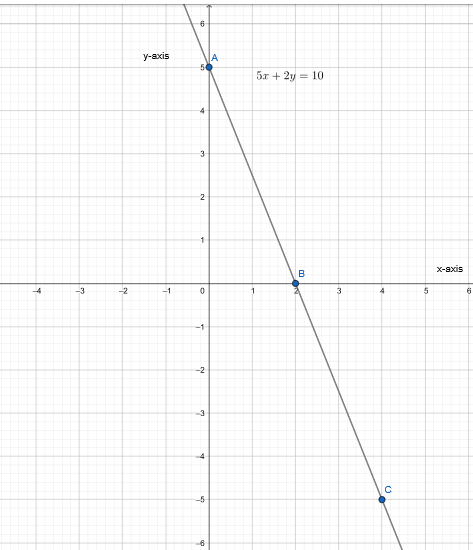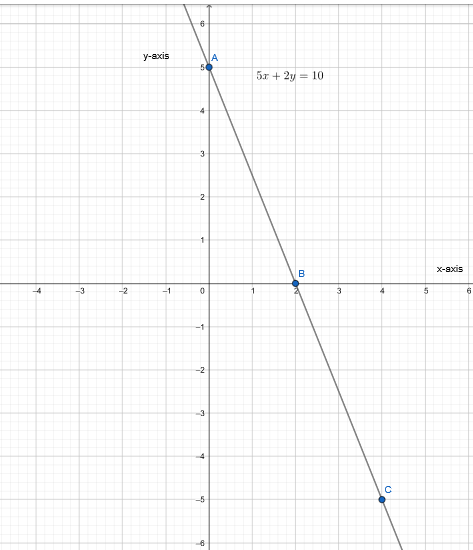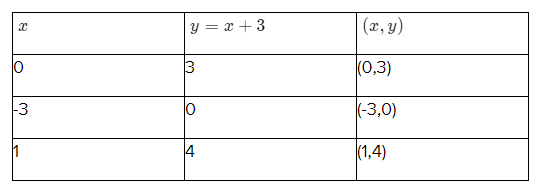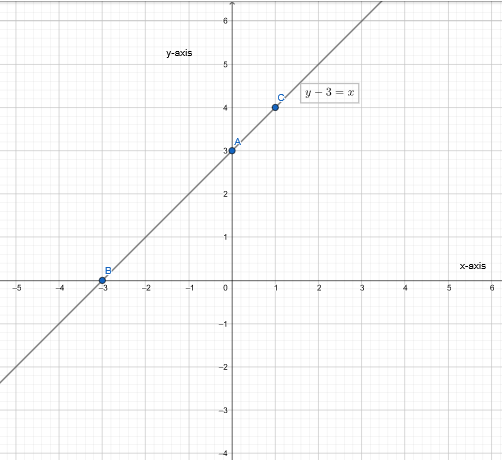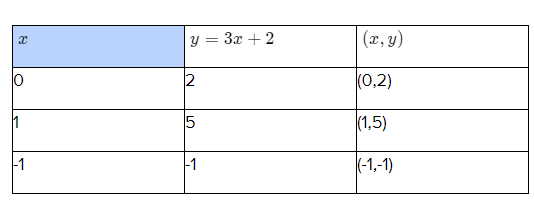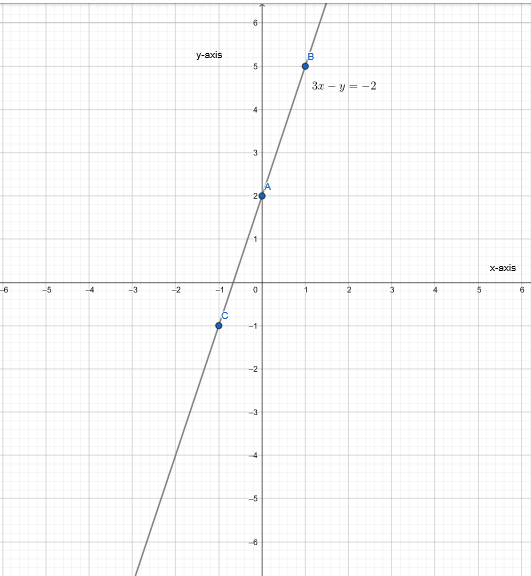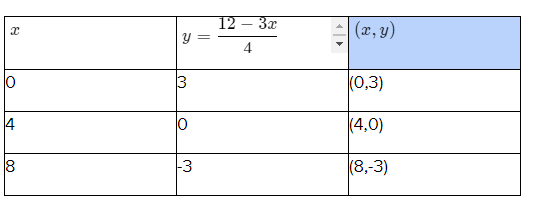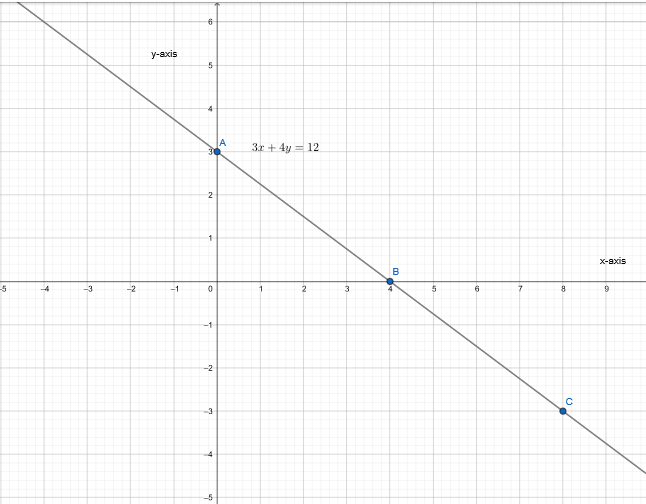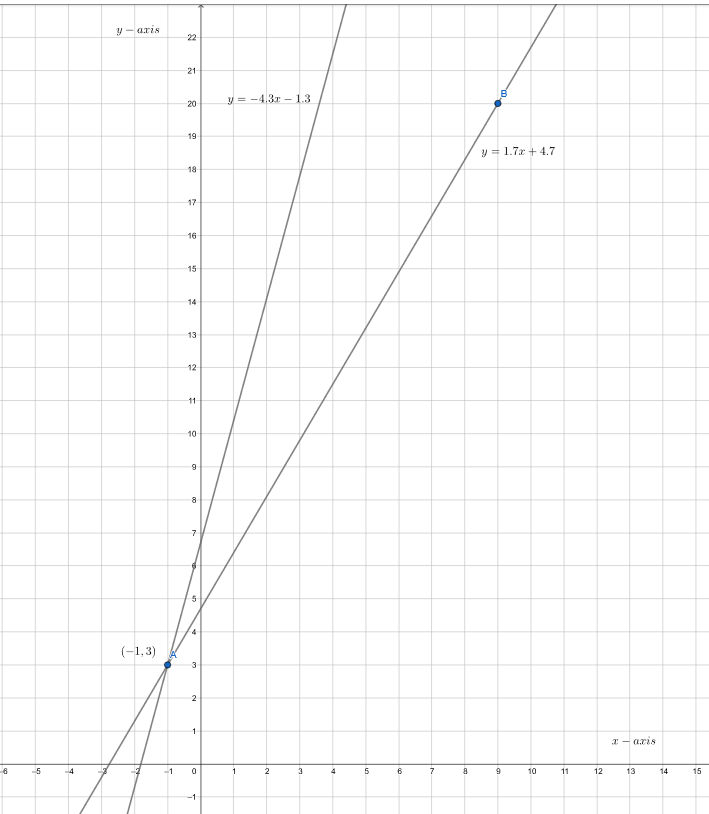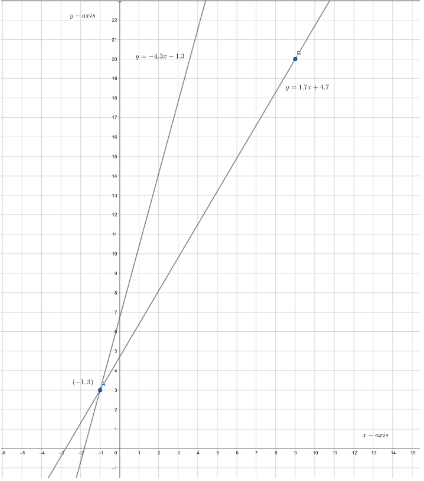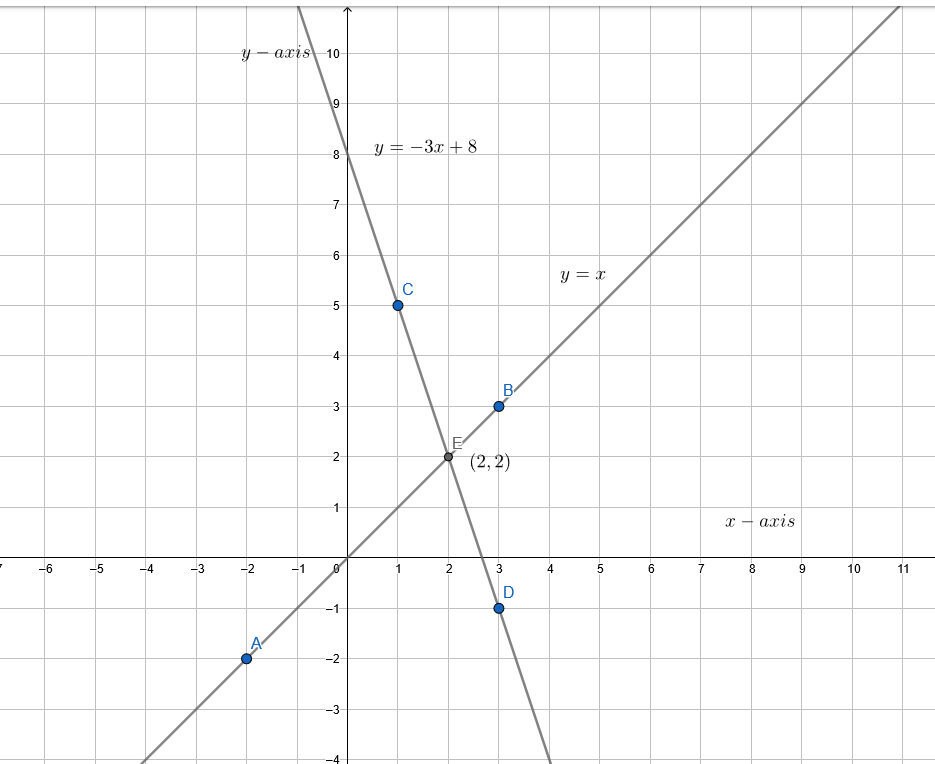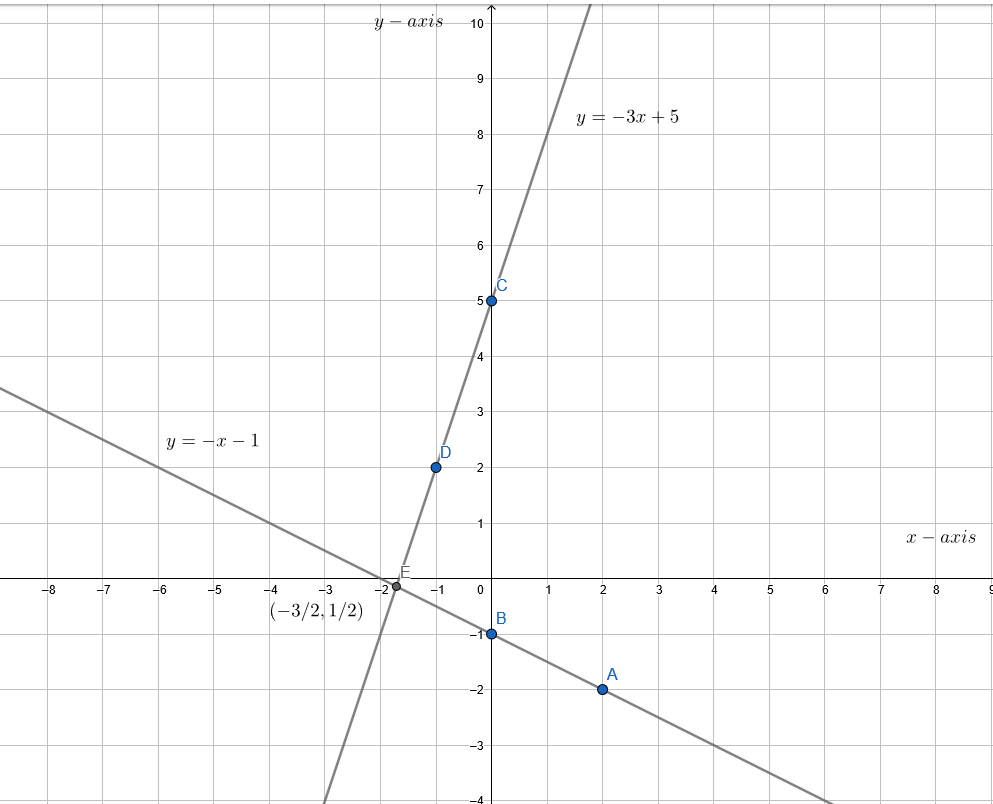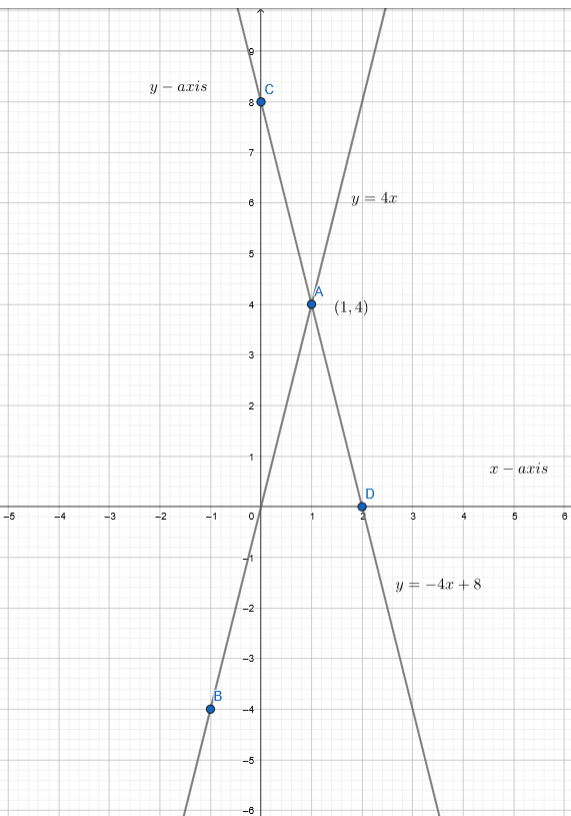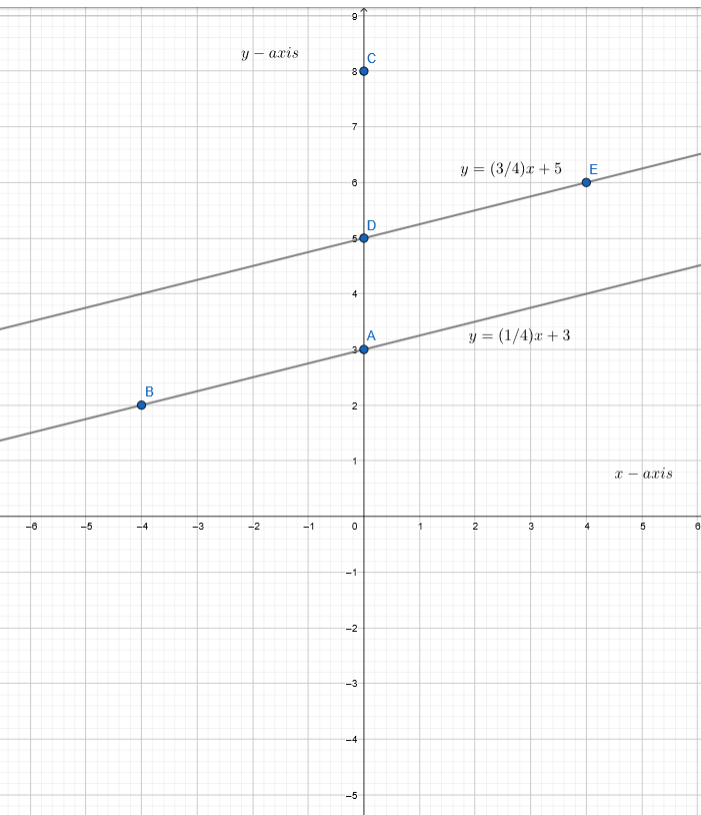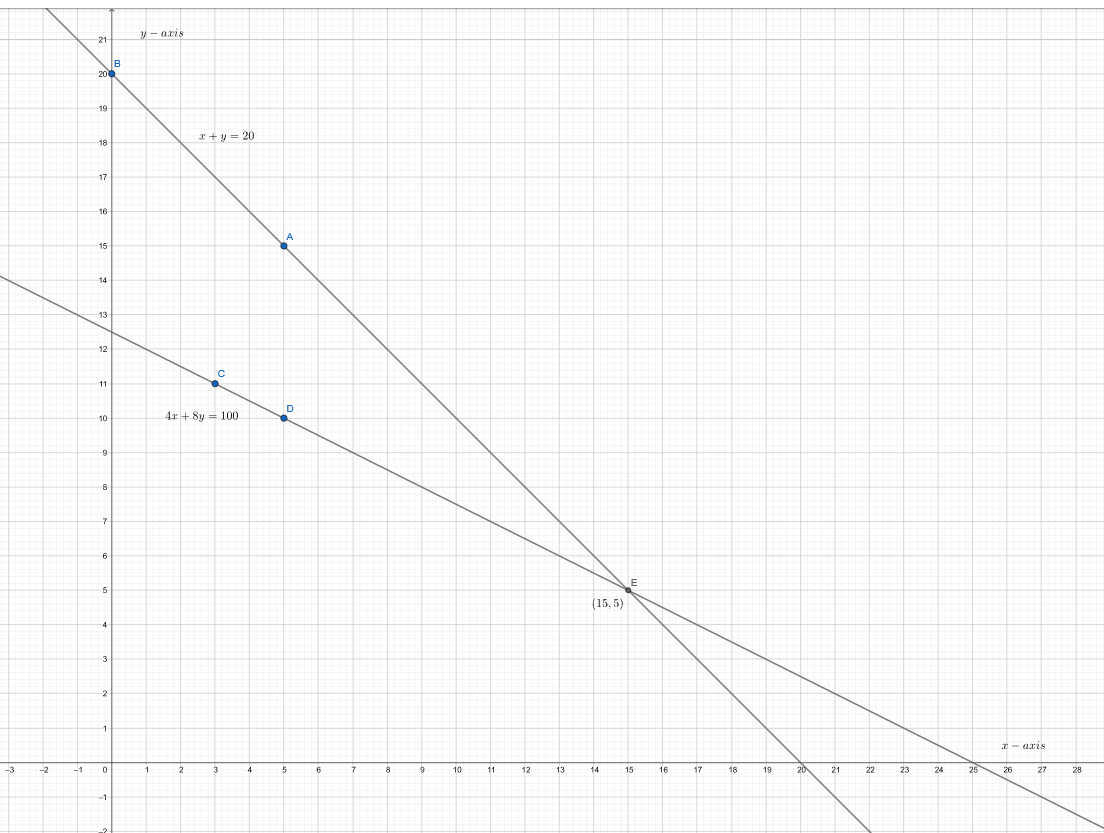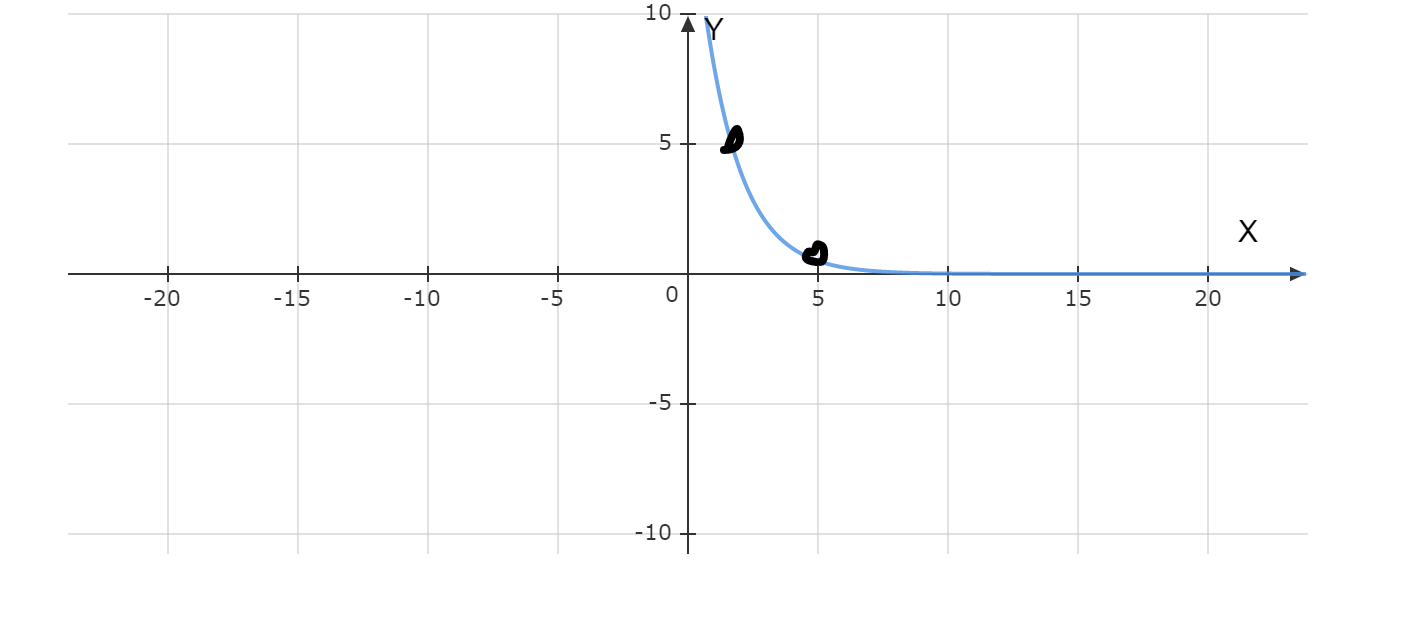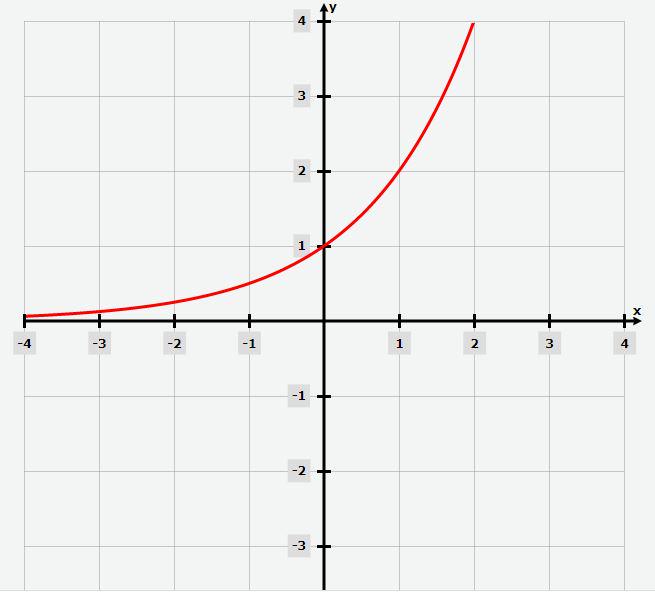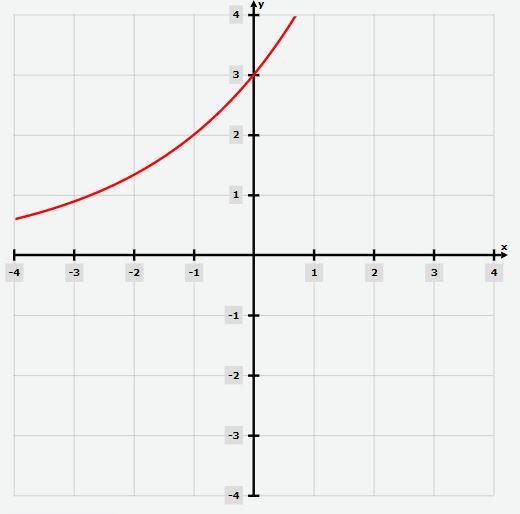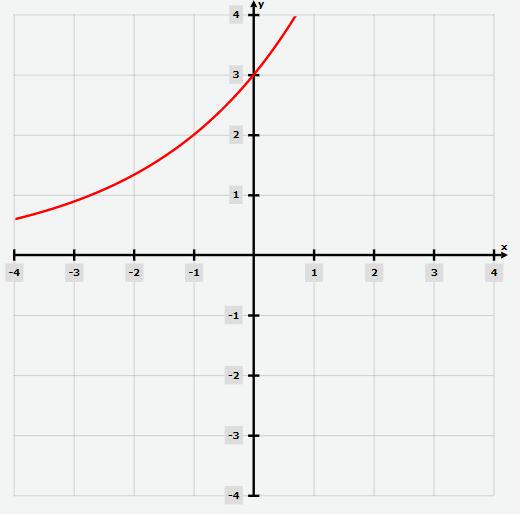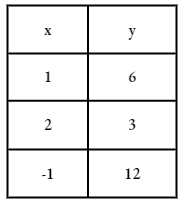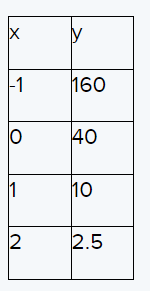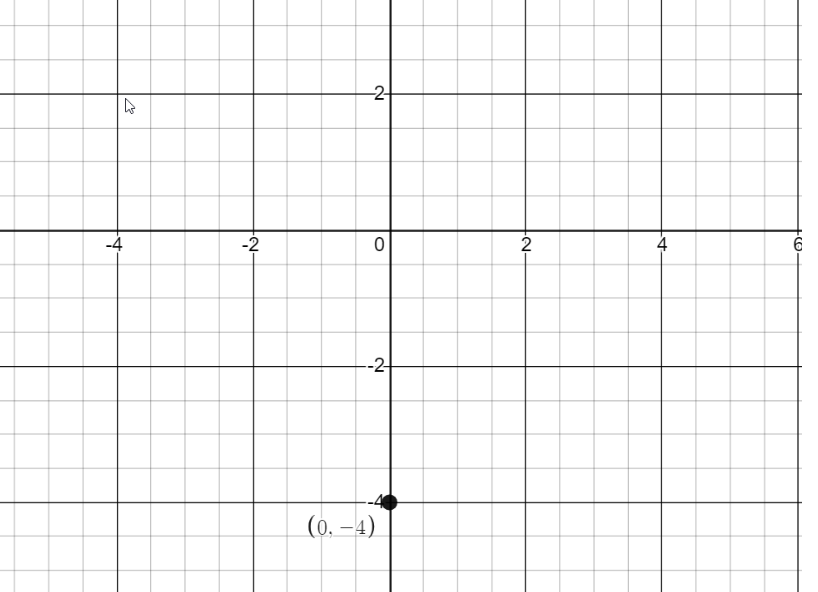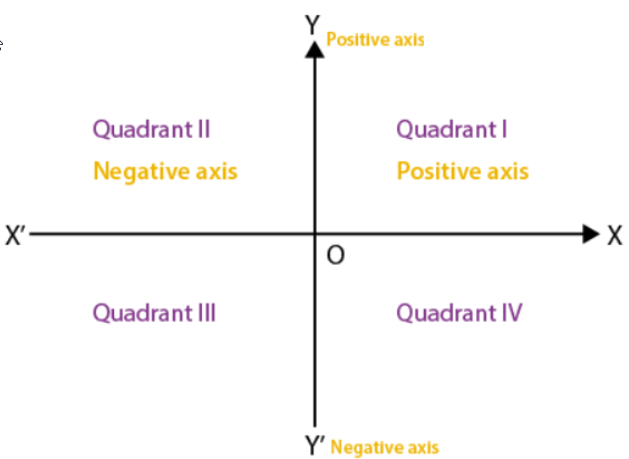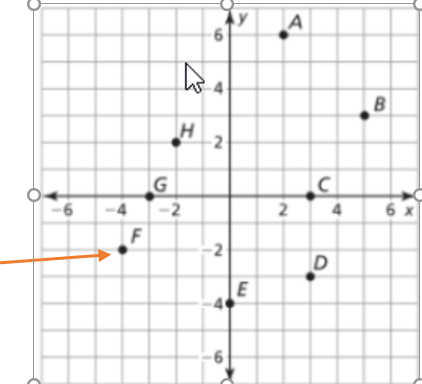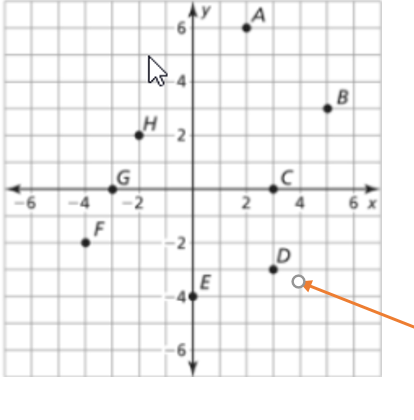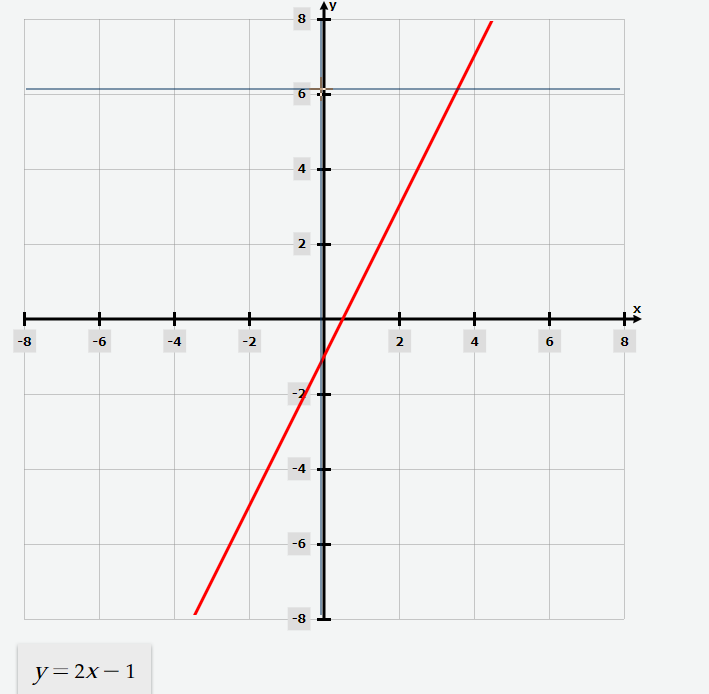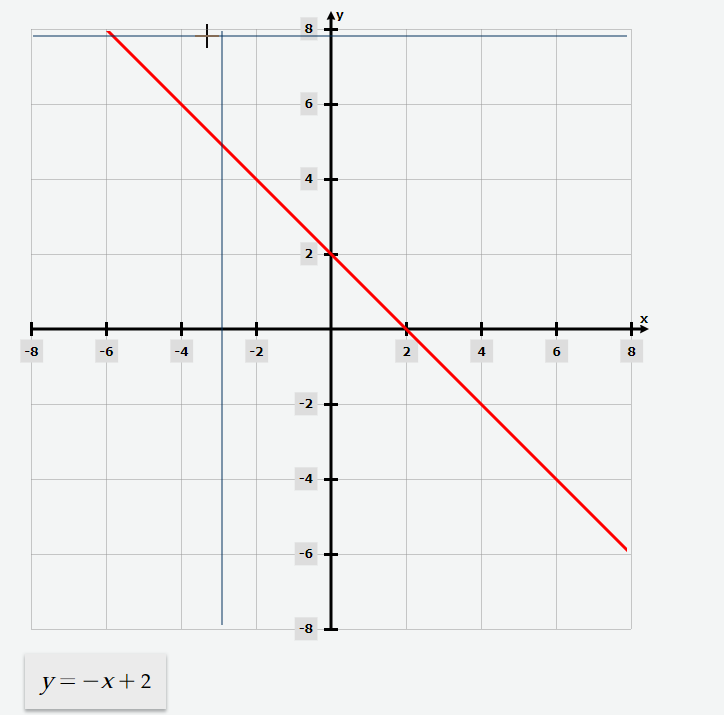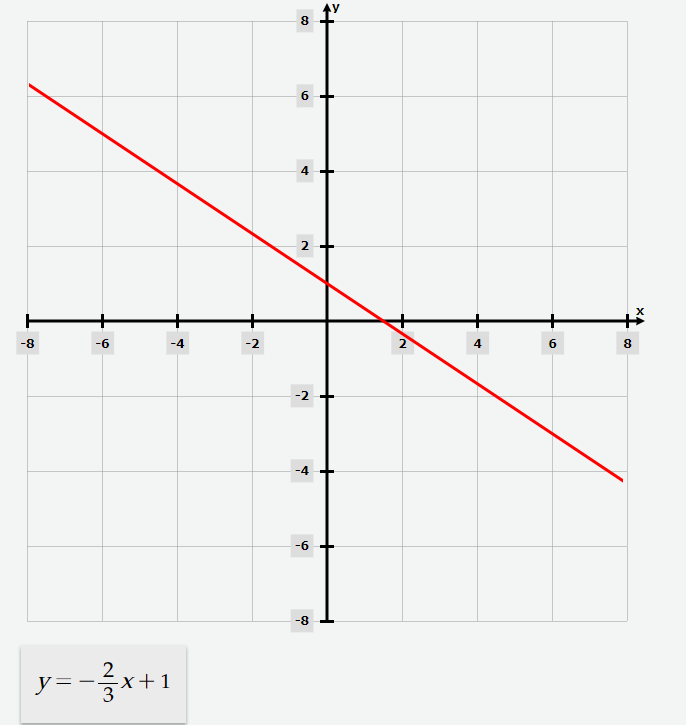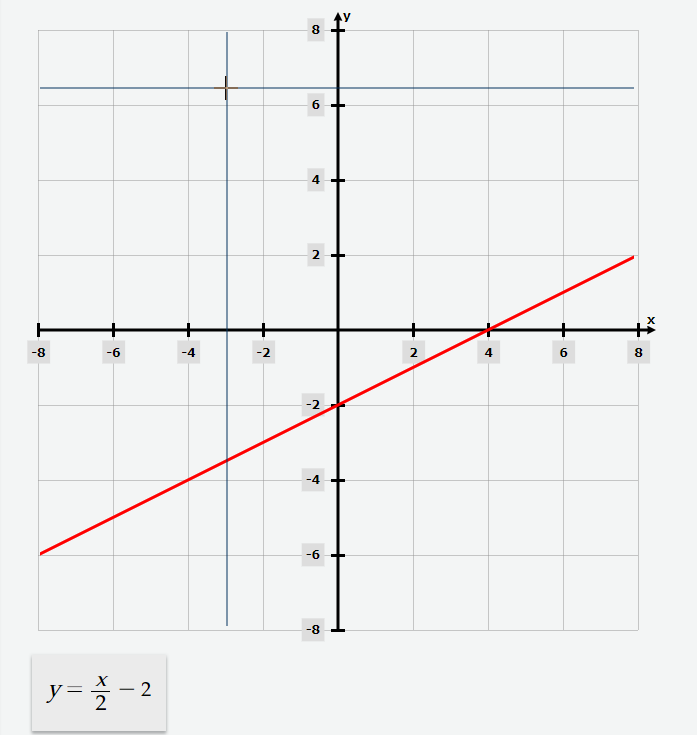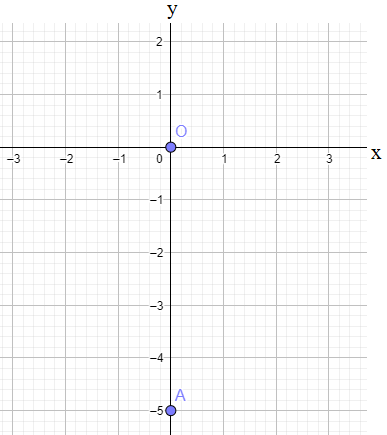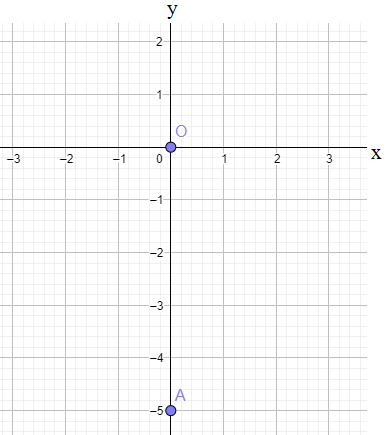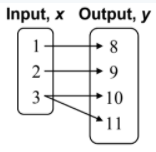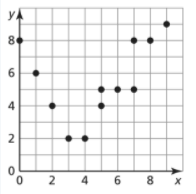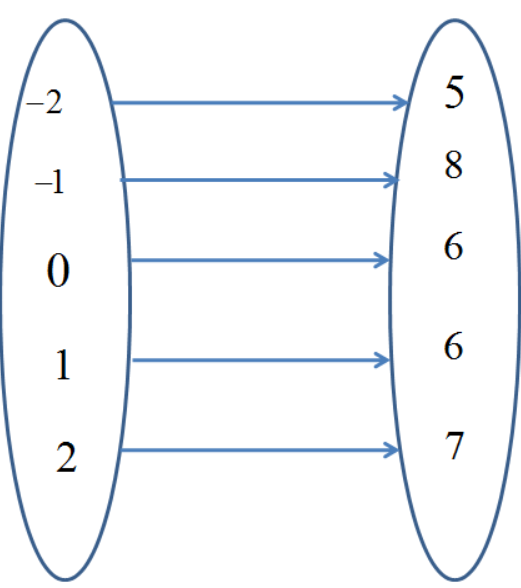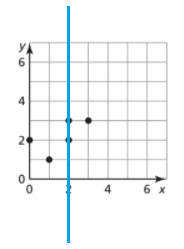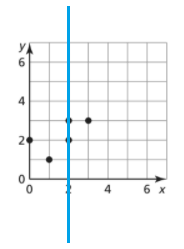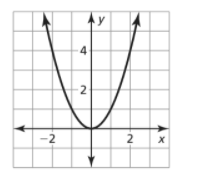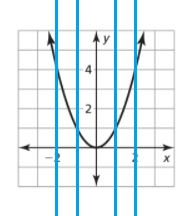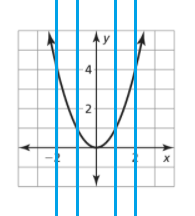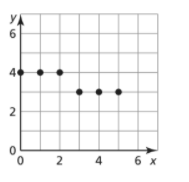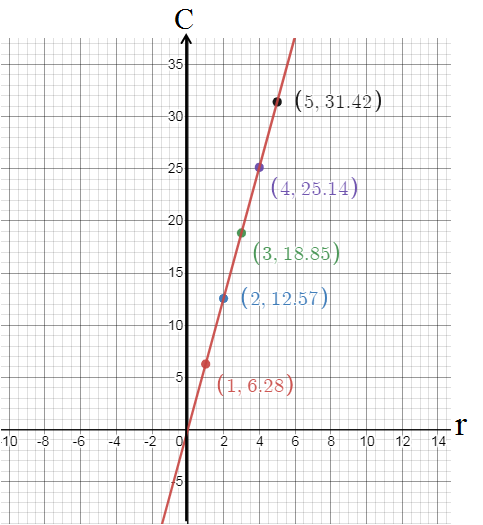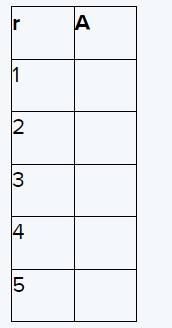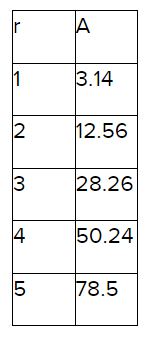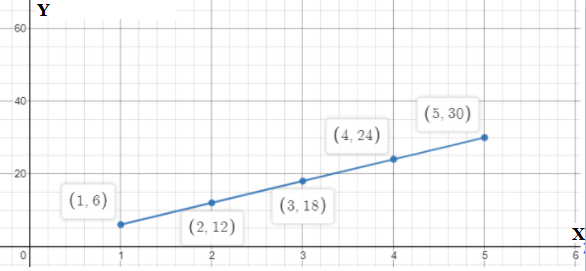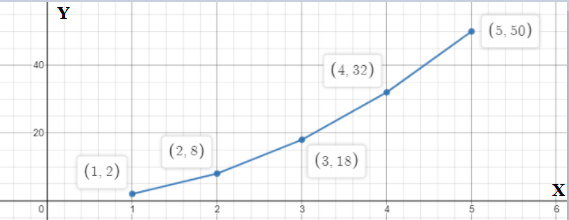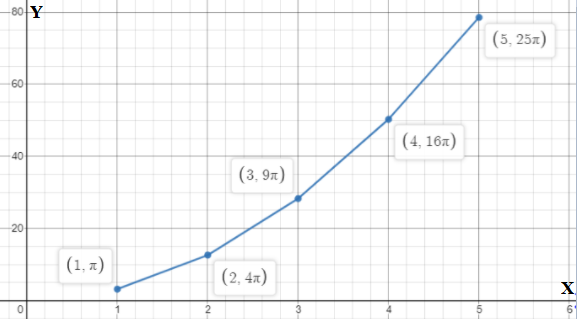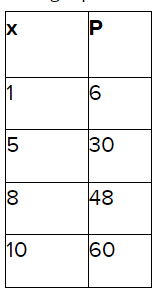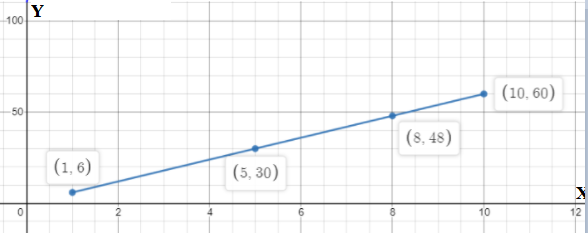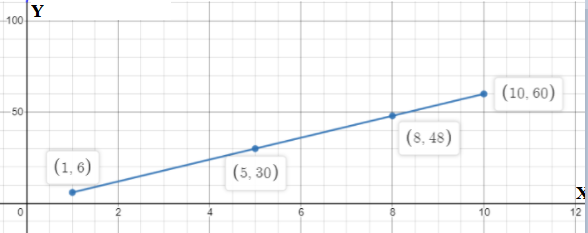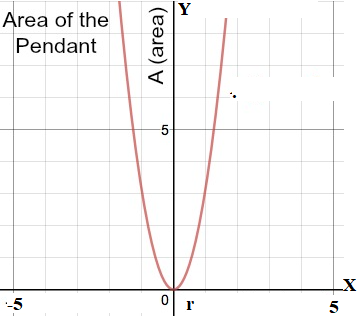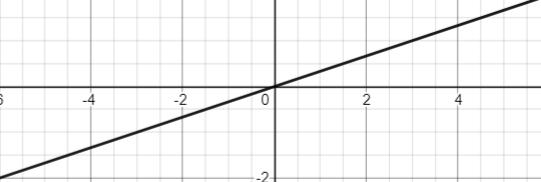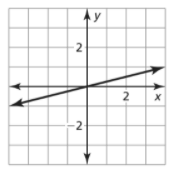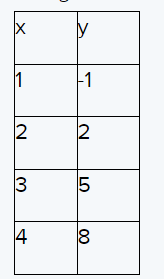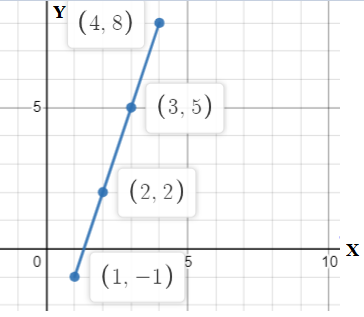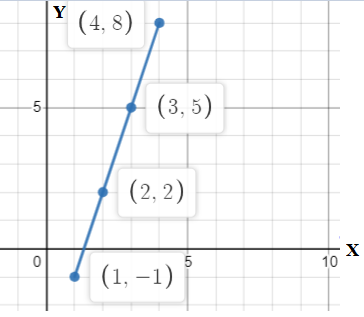Big Ideas Math Integrated Math Chapter 12 Maintaining Mathematical Proficiency Exercise
Page 322 Exercise 1 Problem 1
Question 1.
Given a line segment AB with endpoints A(3,1) and B(5,5):
- Calculate the coordinates of the midpoint M of the line segment AB.
- Calculate the distance between the endpoints A and B.
Answer:
Given
In this question, we are given a line segment AB, the coordinates of the end point of which are given as-A(3,1) and B(5,5).
We have to calculate the following-
(1) The coordinates of the mid point, M of the line segment AB.
(2) The distance between the end points i.e. the length of the line
Let the coordinates of the midpoint M be given as(x,y).
We rewrite the midpoint formula as-
⇒ (x,y) = (\(\frac{a+c}{2}\),\(\frac{b+d}{2}\))———— (1)
Here, we havea,b,c &d as 3,1,5 &5 respectively.
Substituting these values in eq(1),we get
⇒ (x,y) = (\(\frac{3+5}{2}\),\(\frac{1+5}{2}\))
Adding the values, we get
⇒ (x,y) = (\(\frac{8}{2}\),\(\frac{6}{2}\))
Simplifying it further, we get
⇒ (x,y) = (4,3)
The coordinates of the midpoint of the line segment AB is given as M (4,3).
Now, we have to compute the distance between the endpoints A and B of the line segment AB.
So, denoting the distance between the endpoints as AB.
We rewrite the formula as-
⇒ AB = \(\sqrt{(c-a)^2+(d-b)^2}\) ——– (2)
Substituting the values as per the question in equation (2),we get
⇒ AB = \(\sqrt{(5-3)^2+(5-1)^2}\)
Solving it we get
⇒ AB = \(\sqrt{2^2+4^2}\)
⇒ AB = \(\sqrt{4+16}\)
⇒ AB = \(\sqrt{20}\)
⇒ AB = 2\(\sqrt{5}\)
Thus, the distance between the endpoints is given as 2\(\sqrt{5}\) units.
The midpoint M of the line segment AB is found to be(4,3) the distance between the endpoints is calculated as 2\(\sqrt{5}\) units.
Page 322 Exercise 2 Problem 2
Question 2.
Given a line segment PB with endpoints P(-2,-7) and B(-4,5):
- Calculate the coordinates of the midpoint M of the line segment PB.
- Calculate the distance between the endpoints P and B of the line segment PB.
Answer:
Given
In this question, we are given a line segment PB, the coordinates of the end point of which are given as P(−2,−7) and B(−4,5).
We have to calculate the following-
(1) The coordinates of the mid point, M of the line segment PB.
(2) The distance between the end points i.e. the length of the line segment PB.
We will use the midpoint formula and the distance formula for calculating these.
Let the coordinates of the midpoint M be given as (x,y).
We rewrite the midpoint formula as-
⇒ (x,y) = (\(\frac{a+c}{2}\),\(\frac{b+d}{2}\))——- (1)
Here, we have a,b,c & d as−2,−7,−4&5 respectively.
Substituting these in equation (1), we get
⇒ (x,y) = (\(\frac{-2+(-4)}{2}\),\(\frac{-7+5}{2}\))
Solving it, we get
⇒ (x,y) = (\(\frac{−6}{2}\),\(\frac{-2}{2}\))
The coordinates of the midpoint of the line segment PB is given as M (-3,-1).
Now, we have to compute the distance between the endpoints P and B of the line segment PB.
So, denoting the distance between the endpoints as PB.
We rewrite the distance formula as-
⇒ PB = \(\sqrt{(c-a)^2+(d-b)^2}\) ——– (2)
Substituting the values as per the question in equation (2),we get
⇒ PB = \(\sqrt{(-4+2)^2+(5+7)^2}\)
⇒ PB = \(\sqrt{(-2)^2+12^2}\)
⇒ PB = \(\sqrt{4+144}\)
⇒ PB = \(\sqrt{148}\)
⇒ PB = 2\(\sqrt{37}\) Units.
Thus, the distance between the endpoints of the line segment is given as
⇒ PB = 2\(\sqrt{37}\) units.
The coordinates of the midpoint of the line segment PB is found to be M(−3,−1). the distance between the endpoints of the line segment is calculated as 2\(\sqrt{37}\) units.
Page 322 Exercise 3 Problem 3
Question 3.
Solve the following equation for the variable x:
9x – 6 = 7x
Answer:
Given
9x – 6 = 7x
Here, we are given an equation and we have to solve for the value of the variable x.
We will solve it by taking all the like terms on one side of the equality and then solve for the value of x.
We rewrite the given equation as follows-
⇒ 9x − 6 = 7x
Taking the like terms on one side of the equality, we get
⇒ 9x − 7x = 6
⇒ 2x = 6
⇒ x = 3
The value of the variable x is found to 3.
Page 322 Exercise 4 Problem 4
Question 4.
Solve the following equation for the variable r:
2r + 6 = 5r − 9
Answer:
Given
2r + 6 = 5r − 9
Here, we are given an equation and we have to solve for the value of the variabler.
We will solve it by taking all the like terms on one side of the equality and then solve for the value of r.
We rewrite the given equation as follows-
⇒ 2r + 6 = 5r − 9
Taking the variable term on right side of the equality an the constant term on the left side of the equality, we get
⇒ 6 + 9 = 5r 2r
Rearranging it, we get
5r − 2r = 6 + 9
Solving it, we get
⇒ 3r = 15
⇒ r = 5
The equation is solved and the value of the variable r is determined as r= 5.
Page 322 Exercise 5 Problem 5
Question 5.
Solve the following equation for the variable n:
20 – 3n = 2n + 30
Answer:
Given
20 – 3n = 2n + 30
Here, we are given an equation and we have to solve for the value of the variable n.
We will solve it by taking all the like terms on one side of the equality and then solve for the value of n.
We rewrite the given equation as follows-
⇒ 20−3n = 2n + 30
Taking the variable terms on the left side of the equality and the constants on the right, we get
⇒ −3n− 2n = 30 − 20
Solving it, we get
⇒ −5n = 10
⇒ n = \({10}{−5}\)
⇒ n = −2
The equation is solved and the value of the variablen is determined as n = −2.
Page 323 Exercise 6 Problem 6
Question 6.
What is the relation between the measures of the interior angles of a triangle?
Answer:
The relation between the measures of the interior angles of a triangle
Here, we are asked the relation between the angle measures of a triangle.
The angles or more specifically the interior angles of a triangle are not related to each other directly, but combinedly, they form a relation.
We will be finding that relation here as follows
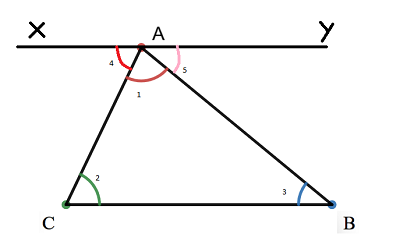
First, we construct a triangle as follows –
The triangle is named ABC and its interior angles are named as 1,2 and 3.
Next, we have constructed a line XY passing through the vertex A of the triangle and parallel to the base BC of the triangle.
We can observe that at the vertex A, ∠1,∠4 and ∠5 form a linear pair.
Thus, we can say that
∠1 + ∠4 + ∠5 = 180°
Now, as XY//BC, so AB forms a transversal.
So, we can say that ∠3 = ∠5 (Alternate∠s)
Similarly, AC also forms a transversal, hence we can say that
∠2 = ∠4 (Alternate∠s)
Thus, we can say that ∠1 + ∠2 + ∠3 = 180°
Thus, we get the relation between the angles of a triangle.
The relation between the angles of a triangle is that their sum is equal to 180°. This relation is true for any triangle.
Page 323 Exercise 7 Problem 7
Question 7.
Construct a triangle using dynamic geometry software, such as Desmos.com. Label the vertices of the triangle and determine the type of triangle based on the lengths of its sides and its interior angles.
Answer:
Here, we are asked to construct a triangle using any dynamic geometry software.
So, here we have used Desmos.com, an online geometry tool for constructing the triangle ΔABC.
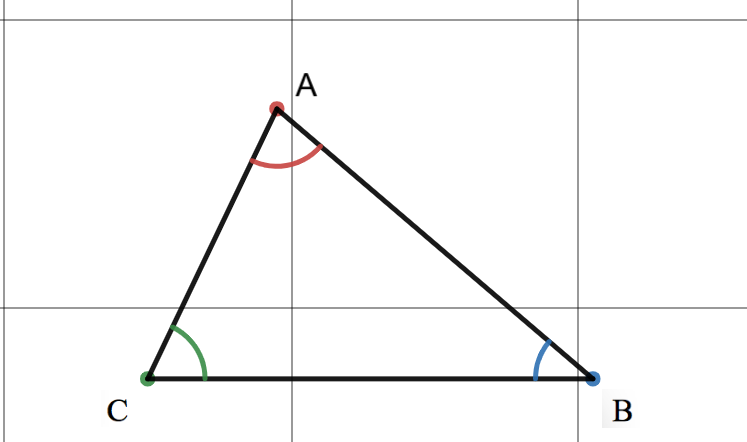
We have labelled the top vertex as A and the bottom two as B and C.
The triangle here is a scalene triangle as all the sides are of different lengths.
Also the interior angles of the triangle constructed are not equal to each other.
The triangle constructed is as follows
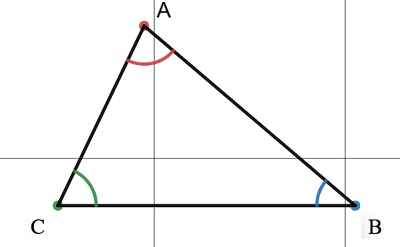
Page 323 Exercise 7 Problem 8
Question 8.
Using a protractor, measure the interior angles of ΔABC. The measures are as follows.
- ∠A = 70°
- ∠B = 60°
- ∠C = 50°
Answer:
Now we use a protractor to measure the interior angles of the ΔABC.
∠A = 70°
∠B = 60°
∠C = 50°
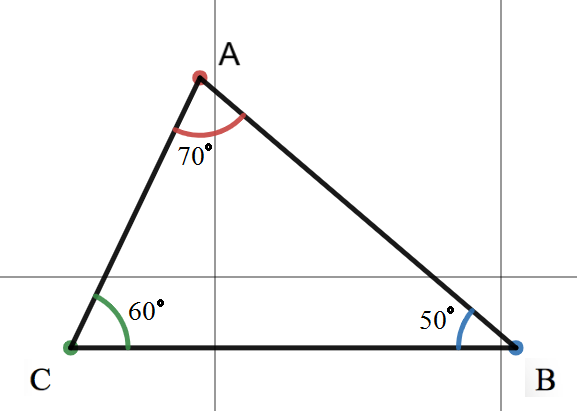
The measures of the interior angles of theΔABC are as follow ∠A = 70° , ∠B = 60° , ∠C = 50°
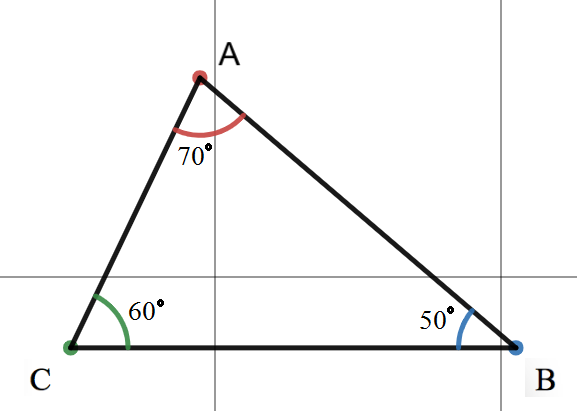
Page 323 Exercise 7 Problem 9
Question 9.
Given the measures of the interior angles of ΔABC
- ∠A = 70°
- ∠B = 60°
- ∠C = 50°
Verify that the sum of the interior angles of ΔABC is 180°.
Answer:
From Page 323 Exercise 7 Problem 8 we have
∠A = 70°
∠B = 60°
∠C = 50°
⇒ ∠A + ∠B + ∠C = 70° + 60° + 50°
⇒ ∠A + ∠B + ∠C = 180°
The sum of the interior angle measures is 180° i.e.∠A + ∠B + ∠C = 180°.
Page 323 Exercise 7 Problem 10
Question 10.
Construct one or two more triangles, measure the interior angles of each triangle, and find the sum of the interior angles of each triangle. Verify that the sum of the interior angles of a triangle is always 180°.
Answer:
Construct one or two more triangles and then measure the interior angles of the triangles.
Find the sum of interior angles of each triangle.
We found that sum of interior angles of a triangle is always 180∘
From diagram it is clear that
∠P + ∠Q + ∠R
= 35° + 55° + 90°
= 180°
Again
∠X + ∠Y + ∠Z
= 60° + 60° + 60°
= 180°
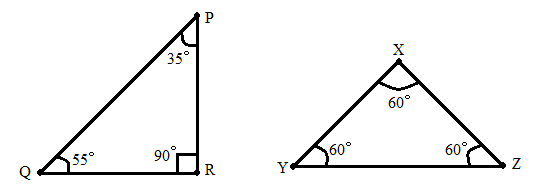
The sum of interior angles of a triangle is always 180°.
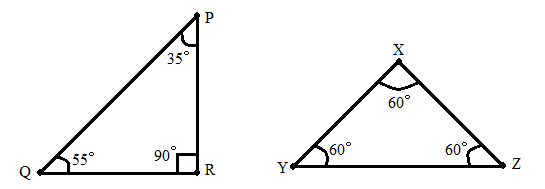
Page 324 Exercise 8 Problem 11
Question 11.
Using Desmos.com, an online geometry tool, construct a triangle ABC. After constructing the triangle, measure the interior angles and verify that the sum of the interior angles is 180°.
Answer:
Here, we are asked to construct a triangle using any dynamic geometry software.
So, here we have used Desmos.com, an online geometry tool for constructing the triangle ΔABC.
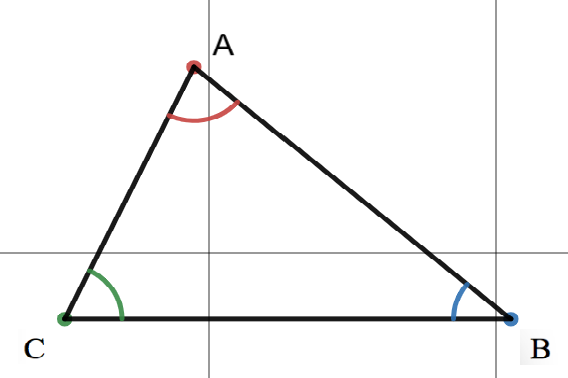
The triangle constructed is as follows-

Page 324 Exercise 8 Problem 12
Question 12.
In ΔABC drawn on Page 324 Exercise 8 Problem 11, extend CB to point D to construct an exterior angle at vertex B.
- Measure the exterior angle ∠ABD using a protractor.
- Verify the relationship between the exterior angle ∠ABD and the remote interior angles ∠A and ∠C.
Answer:
In ΔABC drawn in Page 324 Exercise 8 Problem 11 , extend CB to a point D to construct exterior angle at vertex B.
Now use protractor to find measure of the exterior angle.
By using protractor we can measure Exterior angle i.e. ∠ABD = 130°

Measure of exterior angle i.e.∠ABD is 130°.
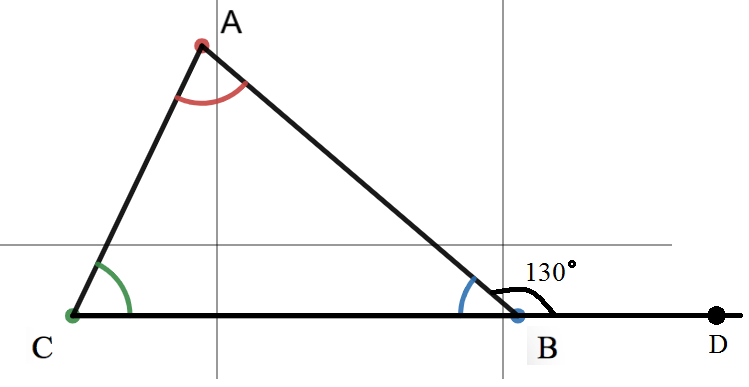
Page 324 Exercise 8 Problem 13
Question 13.
Using a protractor, measure the two nonadjacent interior angles of ΔABC and verify the relationship between these angles and the exterior angle at vertex B.
Given Measurements:
- ∠CAB = 70°
- ∠ACB = 60°
Answer:
By using protractor we can measure the two nonadjacent interior angles of the triangle.
So we have
∠CAB = 70°
∠ACB = 60°
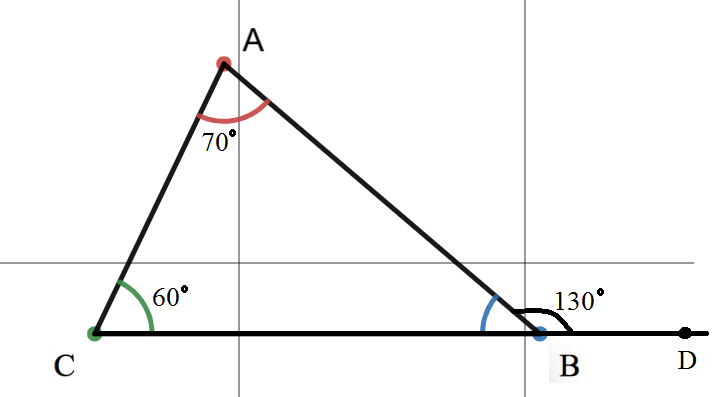
The measures of the two nonadjacent interior angles of ΔABC are given by ∠CAB = 70°, ∠ACB = 60°
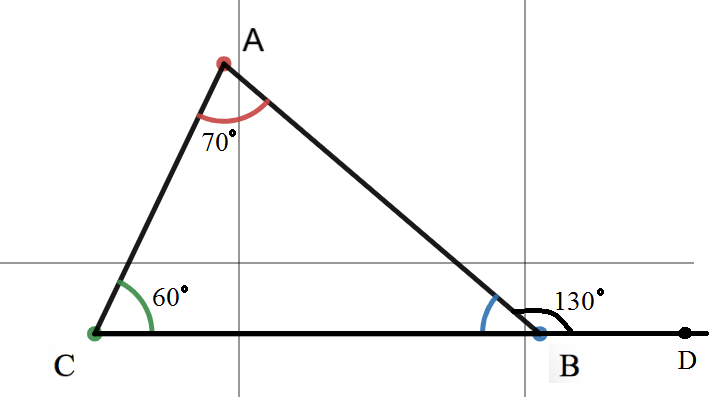
Page 324 Exercise 8 Problem 14
Question 14.
Given the measurements of two nonadjacent interior angles of ΔABC and the exterior angle at vertex B:
- ∠CAB = 70
- ∠ACB = 60
- ∠ABD = 130
Verify the relationship between the sum of the measures of the two nonadjacent interior angles and the exterior angle at vertex B.
Answer:
From Page 324 Exercise 8 Problem 13 we have
∠CAB = 70°
∠ACB = 60°
⇒ ∠CAB + ∠ACB = 70° + 60°
⇒ ∠CAB + ∠ACB = 130°
Now ∠ABD = 130°
⇒ ∠ABD = ∠CAB + ∠ACB

The sum of the measures of the two nonadjacent interior angles is 130° i.e. ∠CAB + ∠ACB = 130°. Also ∠ABD = ∠CAB + ∠ACB
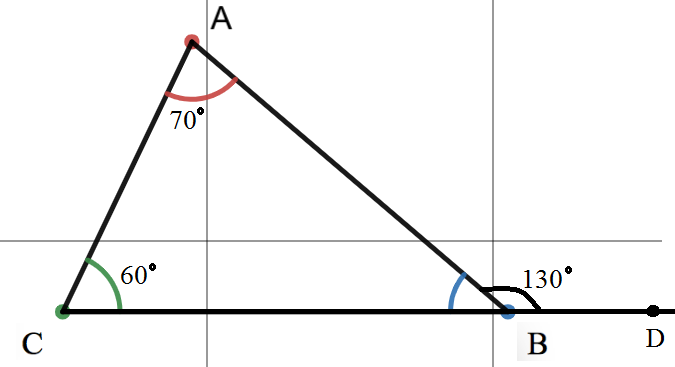
Page 324 Exercise 9 Problem 15
Question 15.
Find the relationship between the angle measures of a triangle. Use a construction to demonstrate this relationship.
Answer:
Here, we are asked the relation between the angle measures of a triangle.
The angles or more specifically the interior angles of a triangle are not related to each other directly, but in combination, they form a relation.
We will be finding that relation here as follows
First, we construct a triangle as follows-
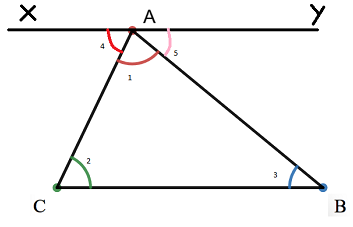
The triangle is named ABC and its interior angles are named as 1,2 and 3.
Next, we have constructed a line XY passing through the vertex A of the triangle and parallel to the base BC of the triangle.
We can observe that at the vertex A∠1,∠4 ,and ∠5 form a linear pair.
Thus, we can say that
∠1 + ∠4 + ∠5 = 180°
Now, as XY//BC, so AB forms a transversal. So, we can say that
∠3 = ∠5 (Alternate∠s)
Similarly, AC also forms a transversal, hence we can say that
∠2 = ∠4 (Alternate∠s)
Thus, we can say that
∠1 + ∠2 + ∠3 = 180°
Thus, we get the relation between the angles of a triangle.
The relation between the angles of a triangle is that their sum is equal to180°
This relation is true for any triangle.
Page 324 Exercise 10 Problem 16
Question 16.
Given that the exterior angle of a triangle measures 32°:
- Use the property of exterior angles to determine the sum of the measures of the two nonadjacent interior angles.
- Explain the relationship between the exterior angle and the two nonadjacent interior angles.
Answer:
Given an exterior angle of a triangle measures 32°.
We can say that the sum of the measures of the two nonadjacent interior angles is also 32°.
Since we know that the measure of an exterior angle of a triangle is equal to the sum of the measures of the two nonadjacent interior angles.
If an exterior angle of a triangle measures 32°. We can say that the sum of the measures of the two nonadjacent interior angles is also 32°.
Page 327 Exercise 11 Problem 17
Question 17.
Given tat GE = GF in ΔGEF:
- Determine the type of triangle ΔGEF based on the given side lengths.
- Explain why ΔGEF is classified as this type of triangle.
Answer:
From diagram, we have GE = GF in ΔGEF.
So it is an Isosceles triangle.
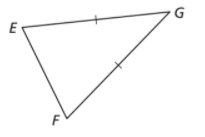
Since GE = GF so ΔGEF is an Isosceles triangle.

Page 327 Exercise 12 Problem 18
Question 18.
Given a ΔABC with vertices A(6,6), B(9,3) and C(2,2)
- Find the lengths of AB, BC, and CA using the distance formula.
- Examine these lengths to determine if they form a Pythagorean triplet.
Answer:
Given a ΔABC where A(6,6), B(9,3), C(2,2).
Find length of AB, BC, CA using distance formula.
Now examine these length for Pythagorean triplet.
We have A(6,6), B(9,3), C(2,2).
AB = \(\sqrt{(9−6)^2+(3−6)^2}\)
AB = \(\sqrt{3^2+(-3)^2}\)
AB = \(\sqrt{18}\)
BC = \(\sqrt{(2-9)^2+(2-3)^2}\)
BC = \(\sqrt{(−7)^2+(−1)^2}\)
BC = \(\sqrt{50}\)
CA = \(\sqrt{(6-2)^2+(6-2)^2}\)
CA = \(\sqrt{(4)^2+(4)^2}\)
CA = \(\sqrt{32}\)
Now examining AB, BC, CA for Pythagorean triplet.
BC2 = 50
AB2 = 18
CA2 = 32
So
50 = 18 + 32
BC2 = AB2 + CA2
Hence ΔABC is a right triangle.
ΔABC is a scalene right triangle as it satisfy the relation BC2 = AB2 + CA2.
Page 327 Exercise 13 Problem 19
Question 19.
Given the exterior angle of a triangle is (8x – 5)° and the two nonadjacent interior angles are 40° and (5x + 15)°:
- Use the property of exterior angles to find the value of x.
- Determine the measure of the exterior angle.
Answer:
To find the exterior angle
The Exterior angle is (8x−5)°
The two interior angles are 40°,(5x+15)°
According to the property, sum of opposite interior angles = Exterior angle
So, 40 + (5x + 15) = (8x − 5)
⇒ 5x + 55 = 8x − 5
⇒ 5x − 8x = −5 − 55
⇒− 3x = −60
⇒ x = 20
So the exterior angle is (8x−5)° = (8(20)−5)°
(8x−5)° = (160 − 5)°
= 155°
The exterior angle is 155°.
Page 328 Exercise 14 Problem 20
Question 20.
- Explain what a rigid motion is.
- Explain why the image of a triangle is always congruent to the original triangle under rigid motion.
- Describe the three types of rigid motions and how each affects a figure.
Answer:
At first we explain which one is rigid motion.
Then we explain why the image of a triangle always congruent to the original triangle under rigid motion.
A translation moves every point of a diagram the same distance in the same direction.
More specifically, a translation maps, or moves, the points P and Q of a plane diagram along a vector ⟨a,b⟩ to the points P′ and Q′ so that P′ P = Q′ Q and P′ P∥Q′ Q or P′ P and Q′ mQ are co-linear.

In translation the object is moved but the size and shape remains same.
A reflection is a transformation that uses a line like a mirror to reflect a diagram.
The mirror line is called the line of reflection.
A reflection in a line m maps every point P in the plane to a point P′
So that for each point on of the following properties is true.
If P is not on m , then m is the perpendicular bisector of P′ P or.
If P is on m then P = P′
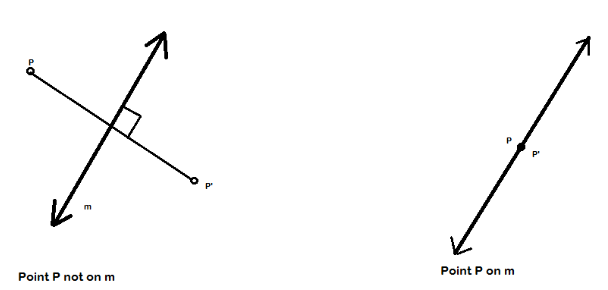
In reflection the object is moved but the size and shape remains same.
A rotation is a transformation in which a figure is turned about a fixed point called the center of rotation .
Rays drawn from the center of rotation to a point and its image form the angle of rotation.
A rotation about a point P through an angle x° maps every point Q in the plane to a point Q′, so that one of the following properties is true.
If Q is not the center of rotation p then QP = Q′P and ∠QPQ′ = x°
If Qis the center of rotation P then
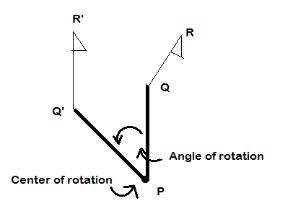
In rotation the object is moved but the size and shape remains same.
All of three transformation is rigid motion.
Under a rigid motion , the shape and size of the triangle remains same ,only the object is moved.
So the length of sides and the measurements angles of the triangle remain same.
So the image of the triangle is congruent to the original.
All the three transformation is rigid motion.
The diagram of the triangle under rigid motion is congruent to the original.
Page 329 Exercise 15 Problem 21
Question 21.
Given two congruent triangles ΔABC and ΔPQR, use rigid motions to map one triangle onto the other. Verify the congruence of the triangles by comparing the lengths of the sides and the measures of the included angles.
Answer:
Given:
Consider ,two congruent triangles ABC and PQR.
we need to use rigid motions to map one triangle to the other triangle.
First we need to find the sides of triangles and their included angles to draw rigid motions between them.
Now
We need to find the length of the sides of triangle ABC and PQR using the given vertices as follows:
AB = \(\sqrt{\left(x_{1-} x_2\right)^2+\left(y_1-y_2\right)^2}\)
BC = \(\sqrt{\left(x_{2-} x_3\right)^2+\left(y_2-y_3\right)^2}\)
CA = \(\sqrt{\left(x_{3-} x_1\right)^2+\left(y_3-y_1\right)^2}\)
Similarly for PQR:
PQ = \(\sqrt{\left(x_{1-} x_2\right)^2+\left(y_1-y_2\right)^2}\)
QR = \(\sqrt{\left(x_{2-} x_3\right)^2+\left(y_2-y_3\right)^2}\)
PR = \(\sqrt{\left(x_{3-} x_1\right)^2+\left(y_3-y_1\right)^2}\)
As they are congruent they have same size for sides of both the triangles.
As the sides are same then we if find the included angles ,they produce the same for both.
Hence,these both triangles are said to be congruent and they are equivalent to each other.
△ABC ≡ △PQR
So,the given two congruent triangles by using rigid motions to map one triangle to the other triangle are equivalent is given by: △ABC ≡ △PQR.
Page 329 Exercise 16 Problem 22
Question 22.
Given the vertices of ΔABC are A(1,1), B(3,2), C(4,4) and the vertices of ΔDEF are D(2,-1), E(0,0) and F(-1,2):
- Calculate the lengths of the sides of ΔABC and ΔDEF using the distance formula.
- Determine if the triangles ΔABC and ΔDEF are congruent.
- Describe a composition of rigid motion that maps ΔABC onto ΔDEF.
Answer:
Given:
The vertices of ΔABC are A(1,1),B(3,2) and C(4,4).
The vertices of ΔDEF areD(2,−1),E(0,0), and F(−1,2).
We need to describe a composition of rigid motions that maps ΔABC and ΔDEF.
Now Using the vertices of the triangleABC , we can find the sides of triangle.
AB = \(\sqrt{(1-3)^2+(1-2)^2}\)‘
= \(\sqrt{5}\)
BC = \(\sqrt{(4-3)^2+(4-2)^2}\)
= \(\sqrt{5}\)
CA = \(=\sqrt{(4-1)^2+(4-1)^2}\)
= 2 \(\sqrt{3}\)
Similarly,for triangle DEF
DE = \(\sqrt{(0-2)^2+(0+1)^2}\)
= \(\sqrt{5}\)
EF = \(\sqrt{(-1-0)^2+(2-0)^2}\)
= \(\sqrt{5}\)
DF = \(\sqrt{(2+1)^2+(-1-2)^2}\)
= 2 \(\sqrt{3}\)
So,from the above it is clear that the sides of triangle ABC and DEF are same and equal.
Hence,△ABC ≡ △DEF.
So,from the given vertices of triangle ABC and triangle DEF are same and equal. Hence,the triangles are said to be equivalent. △ABC ≡ △DEF

